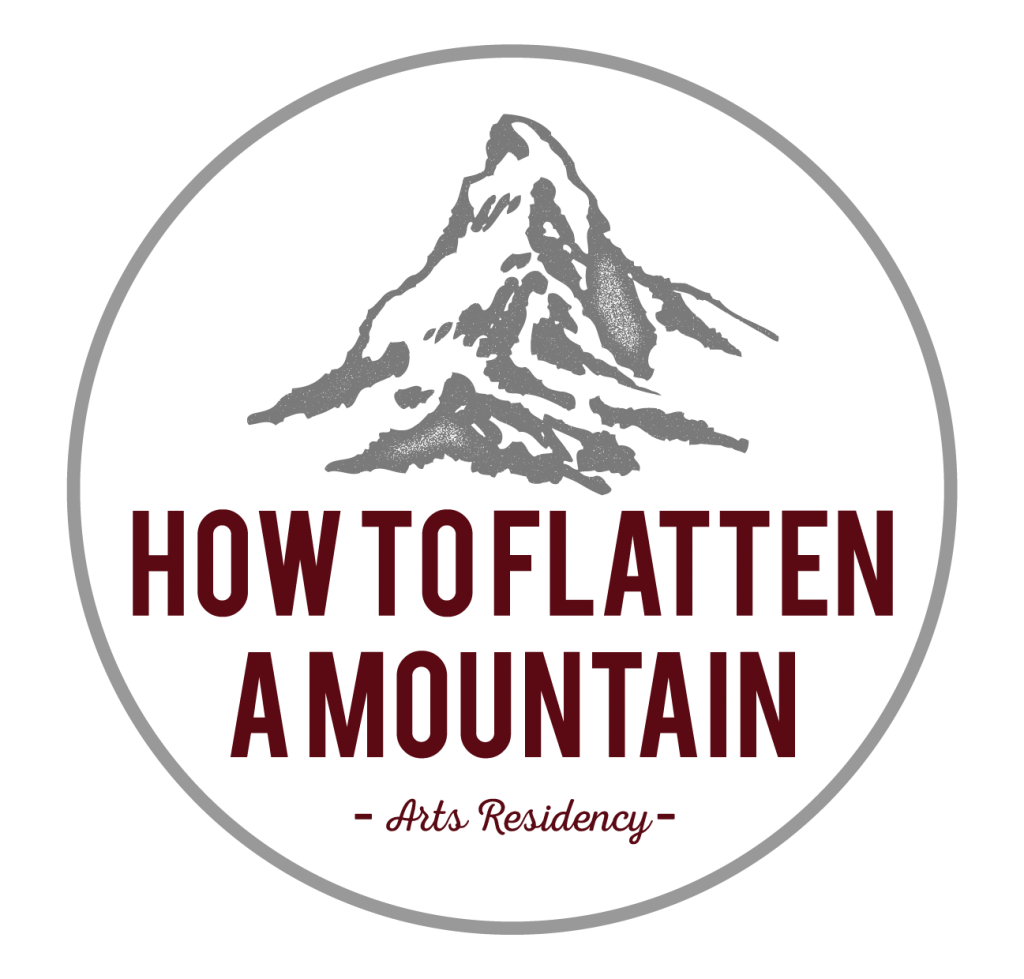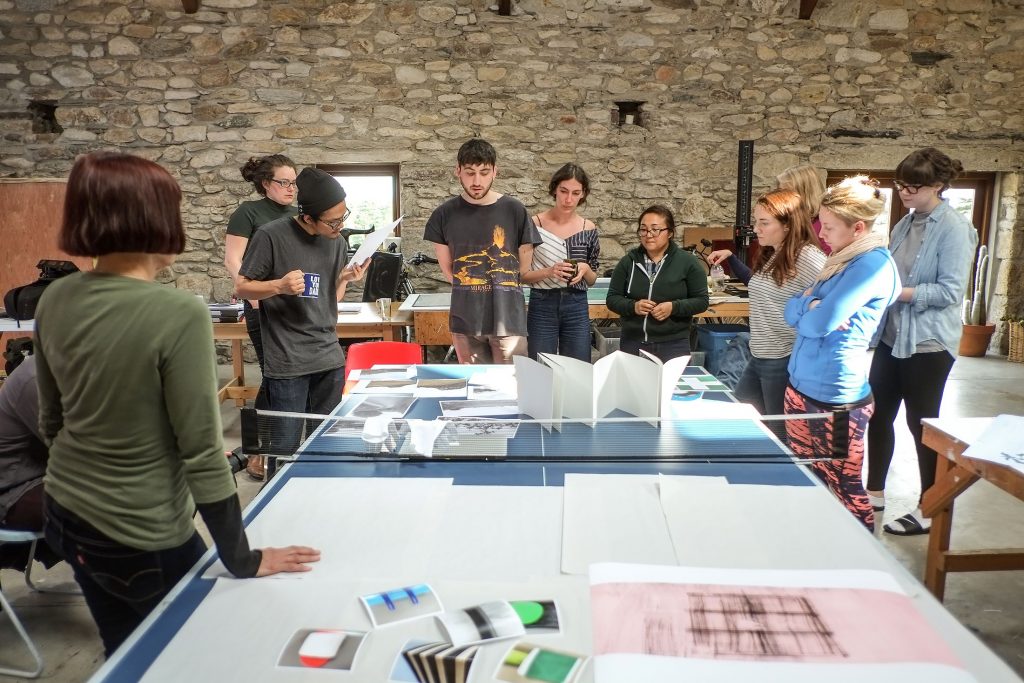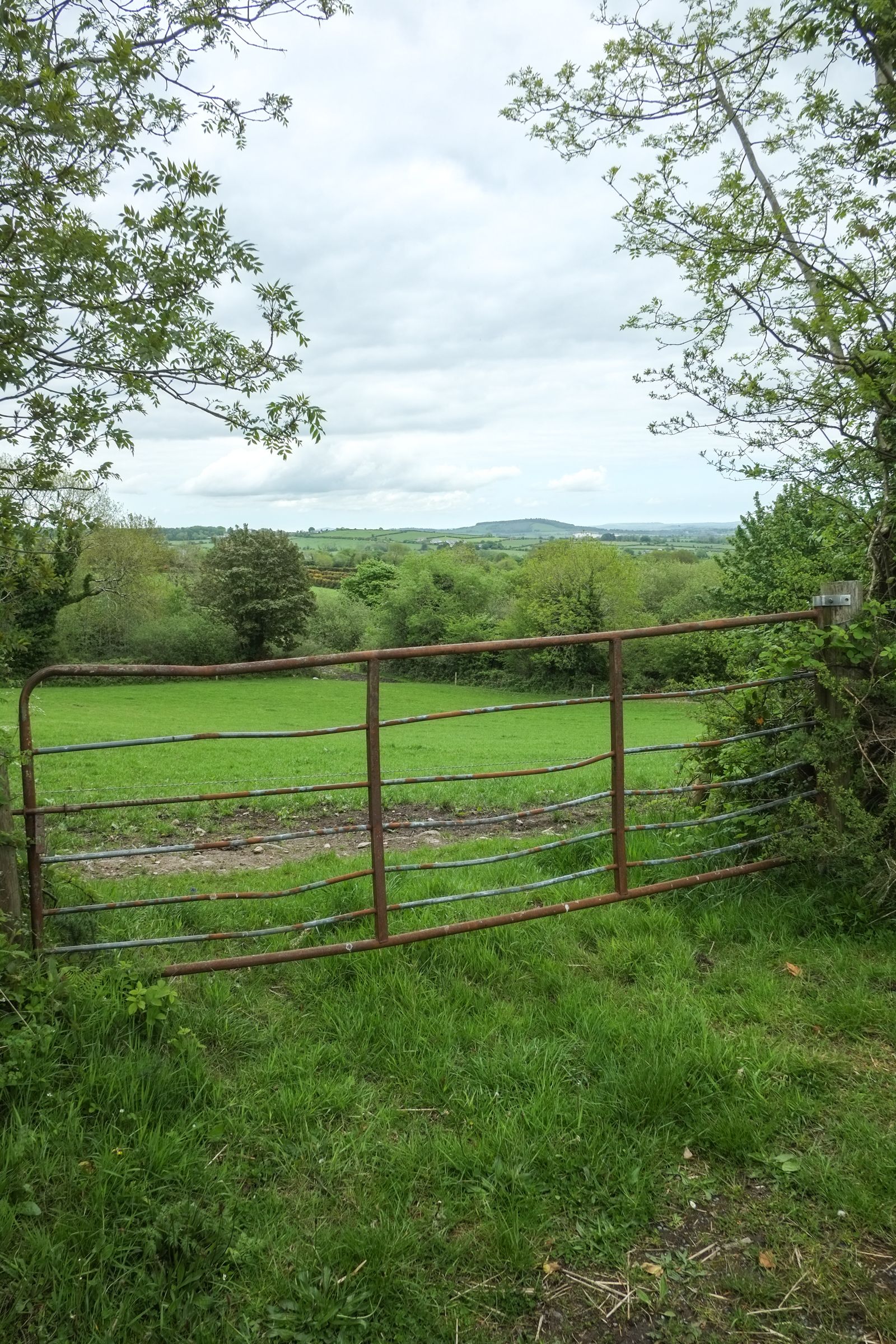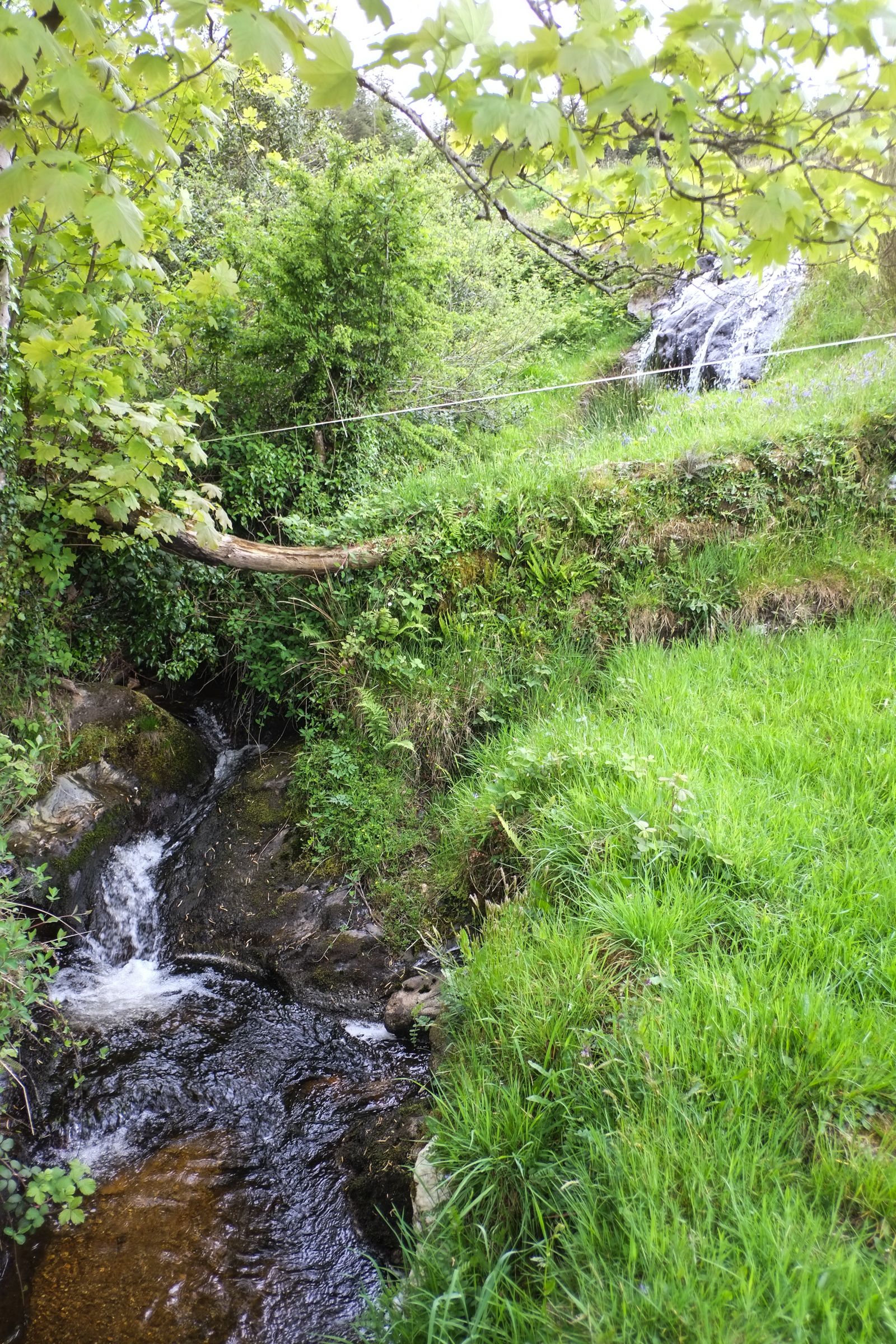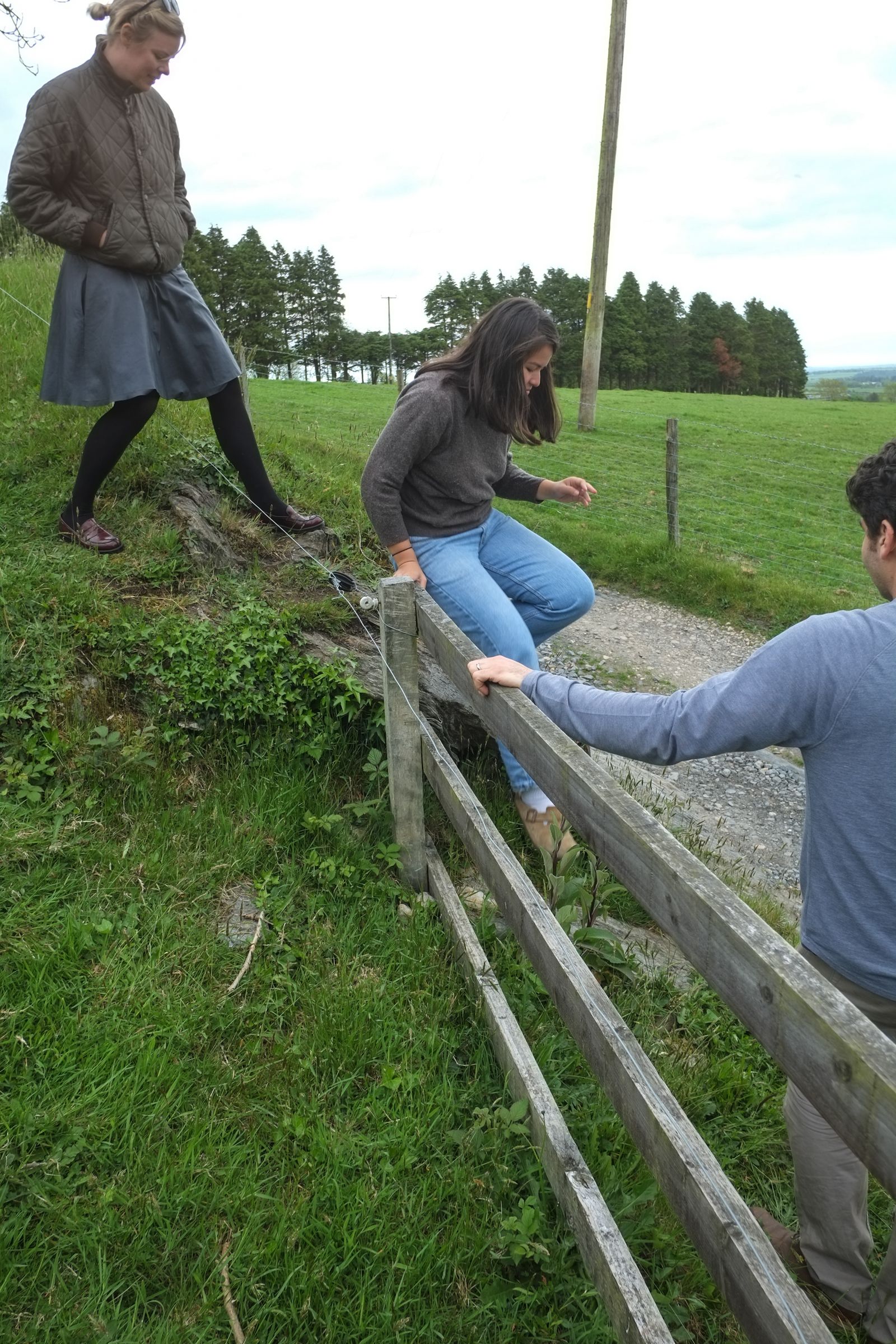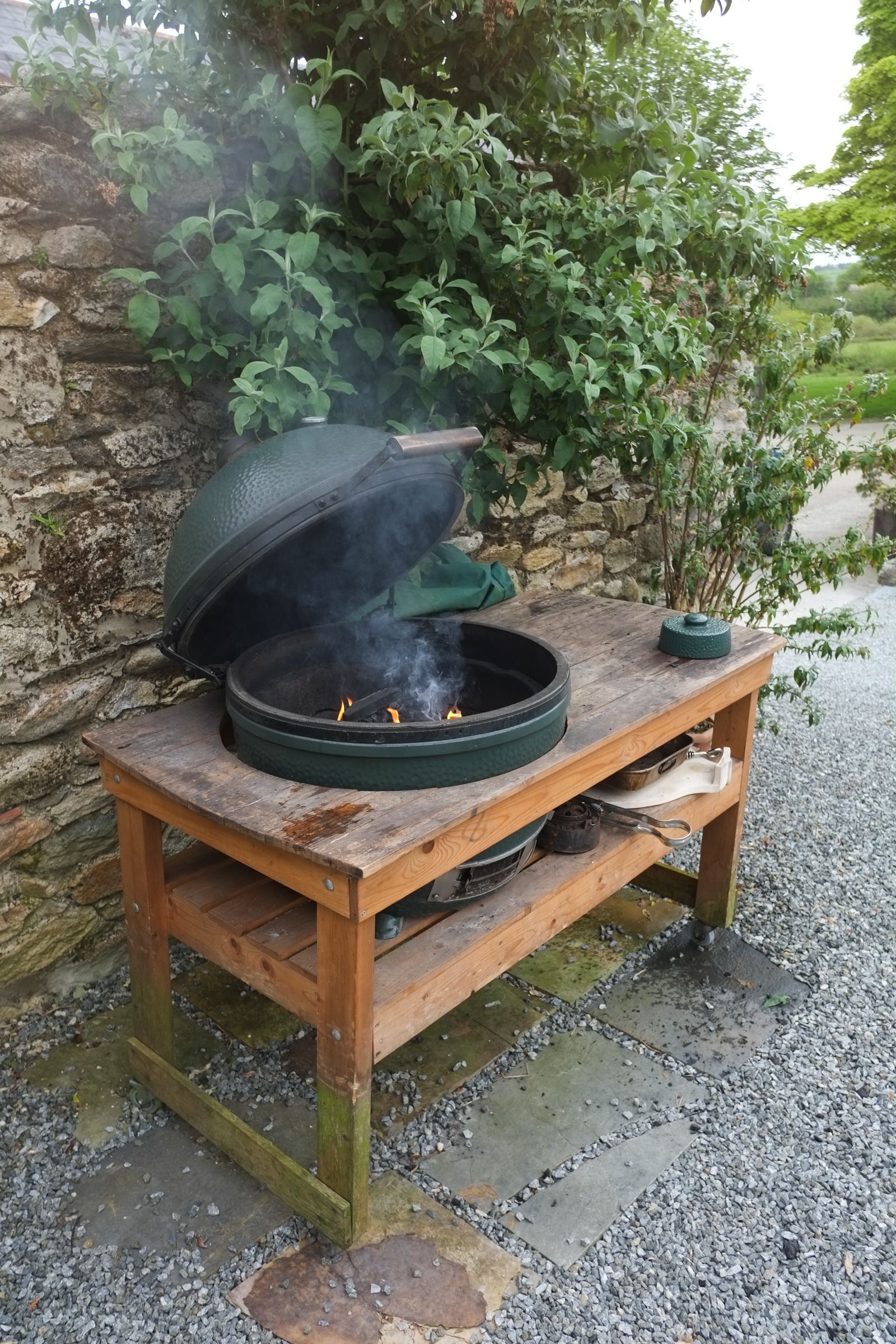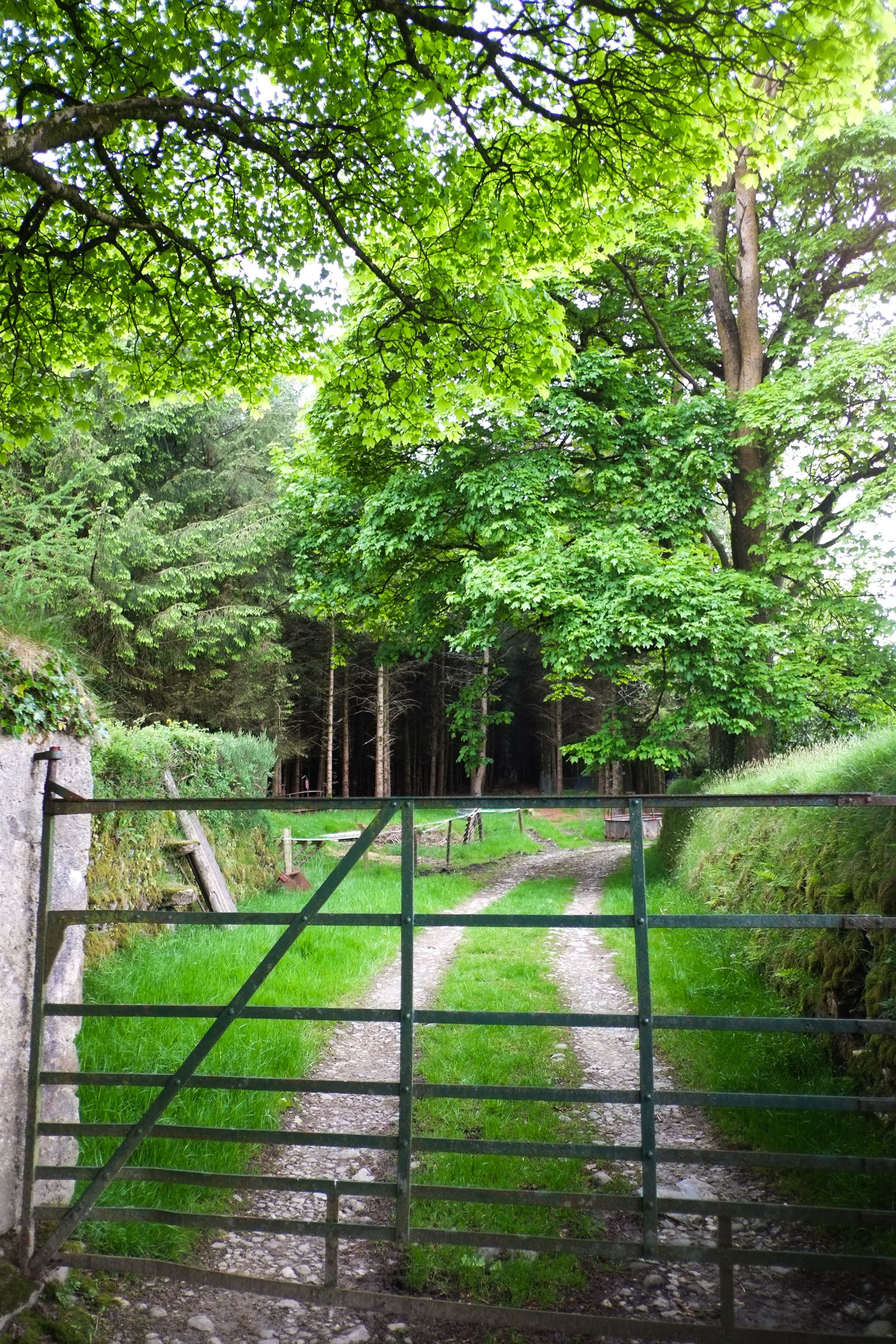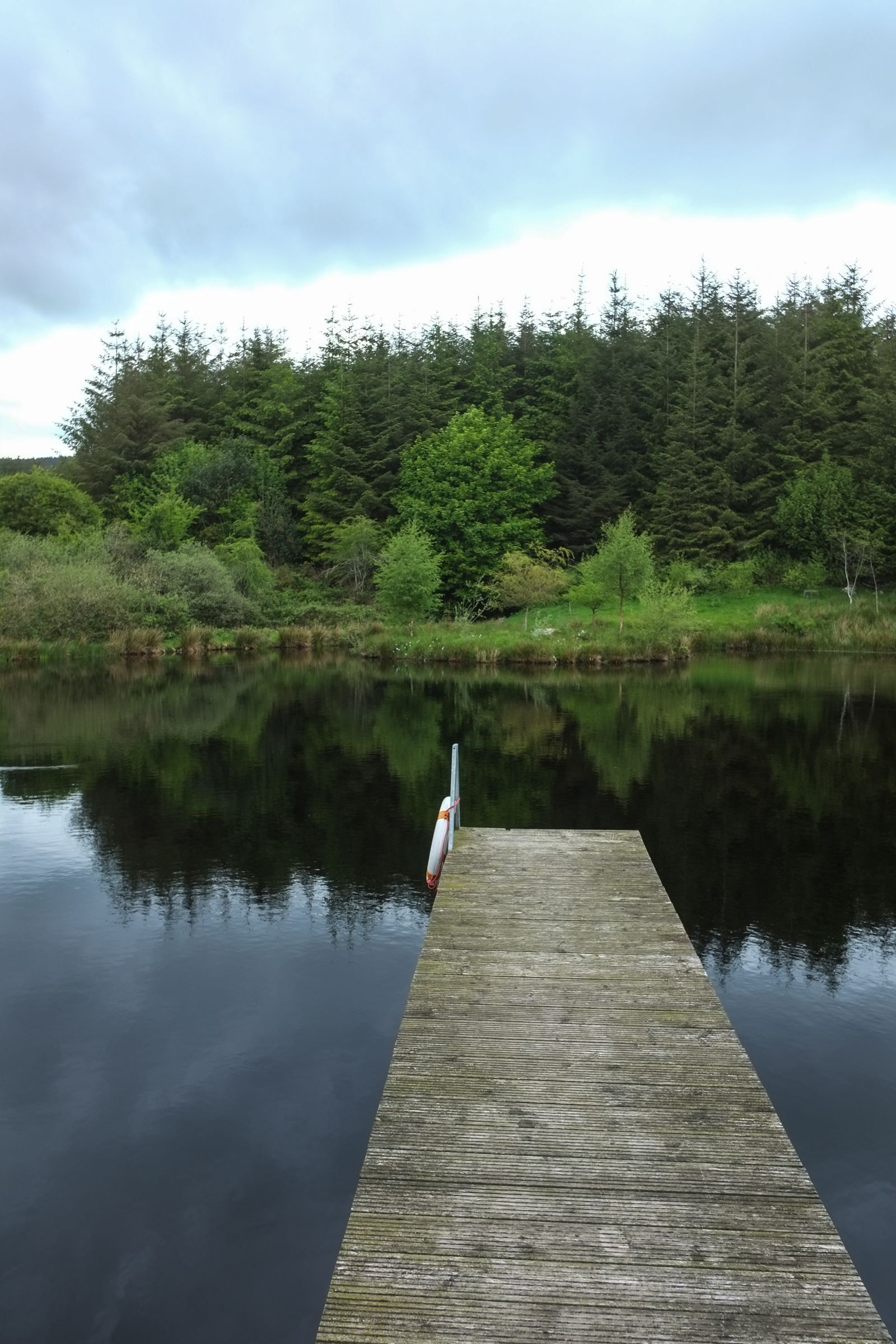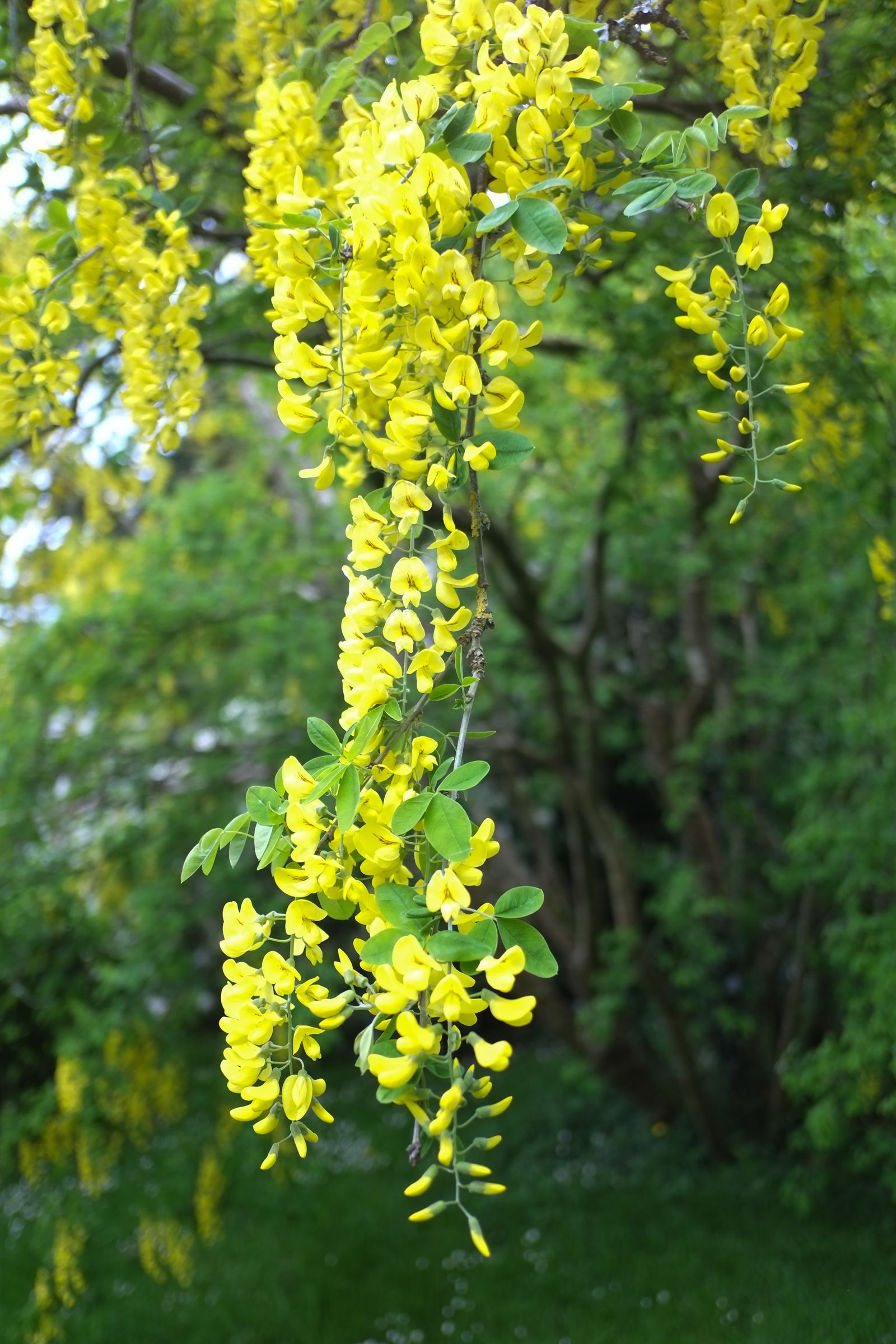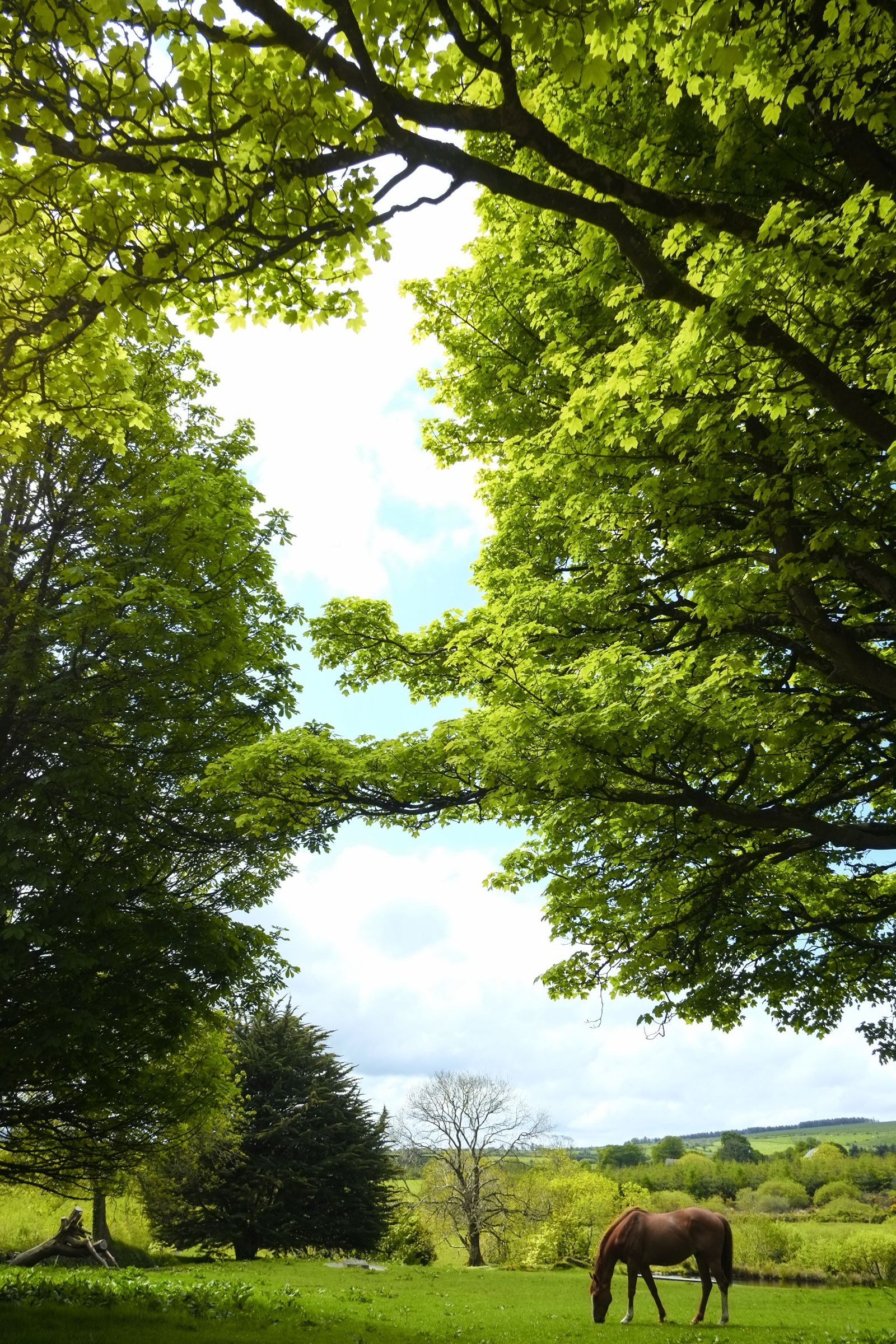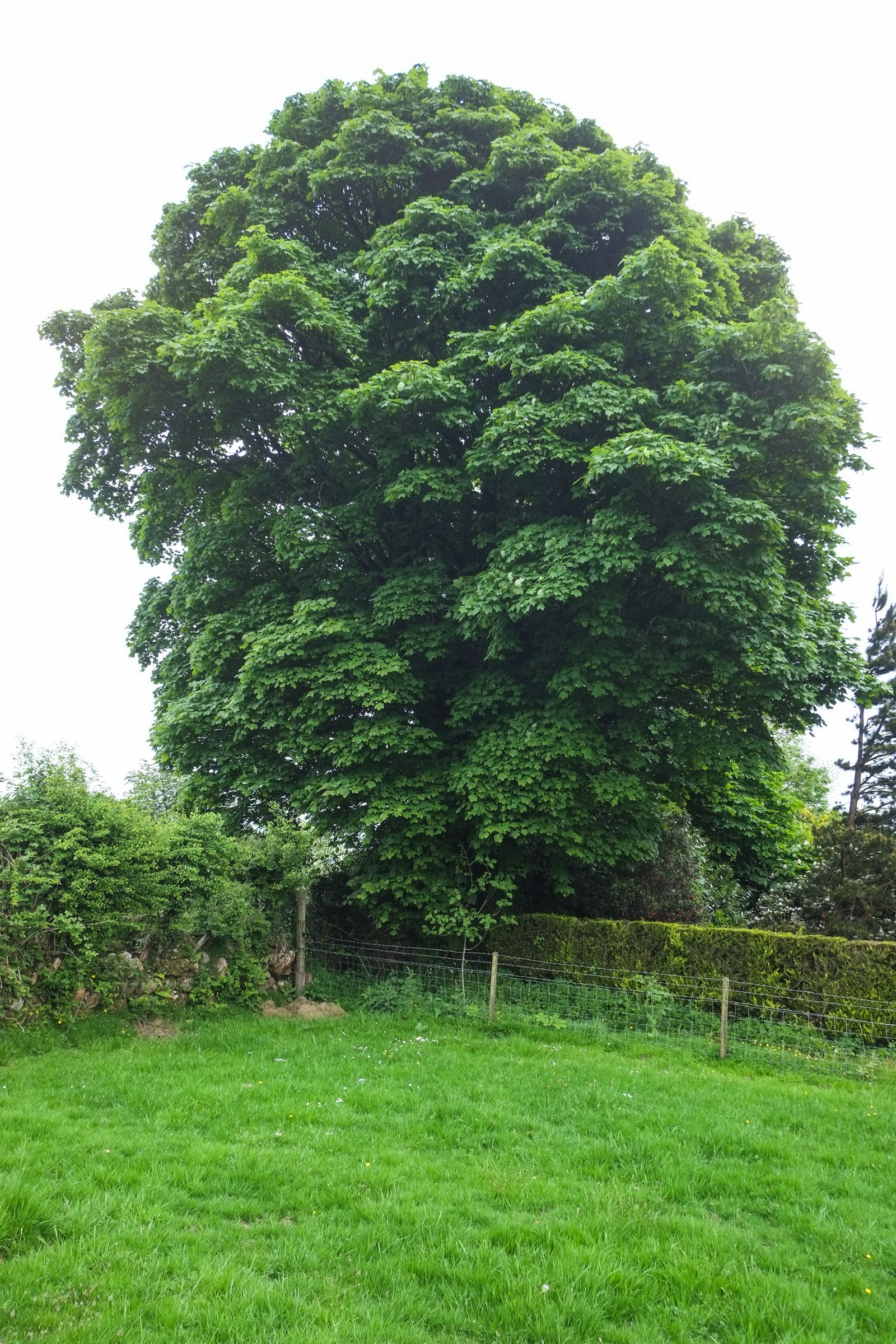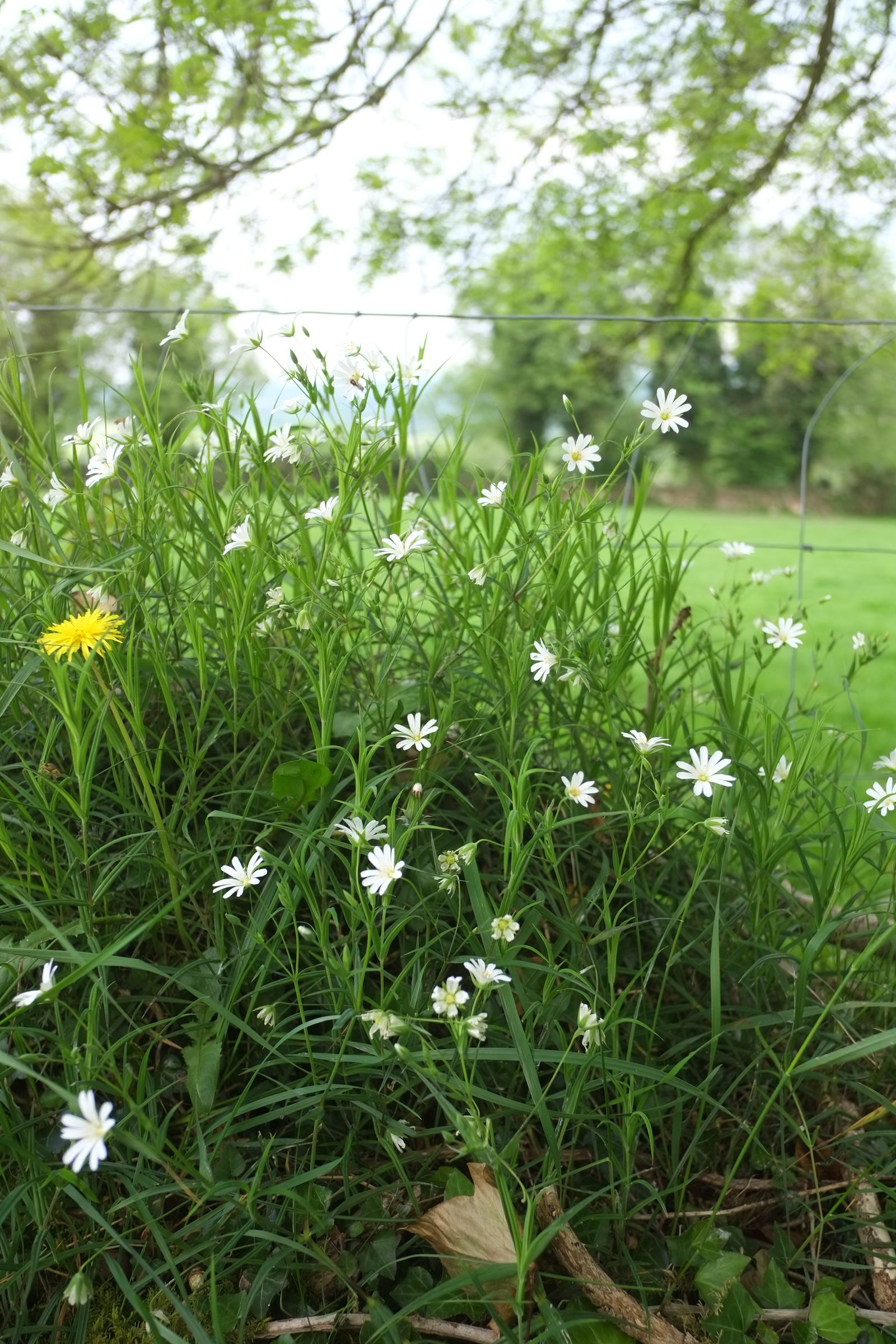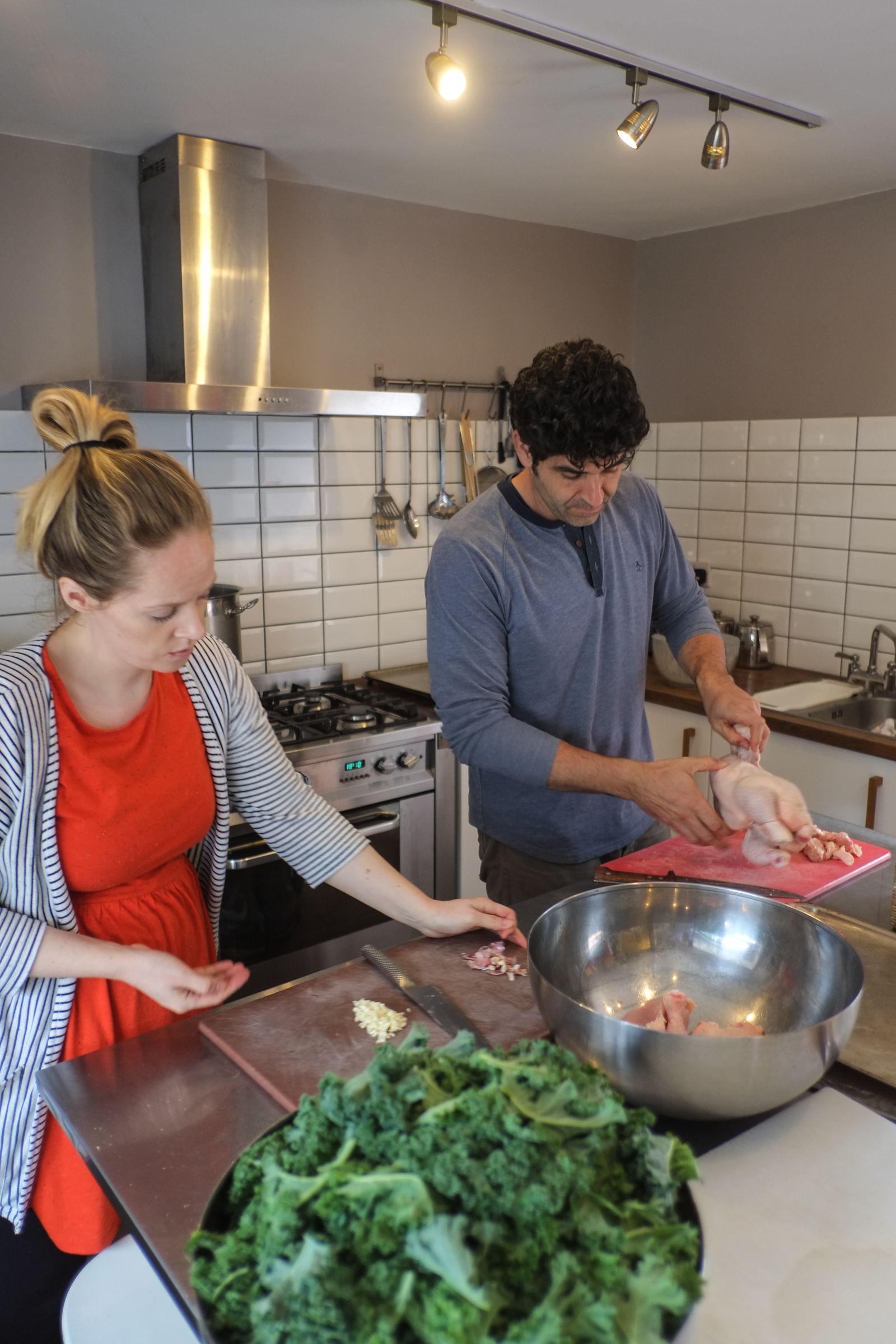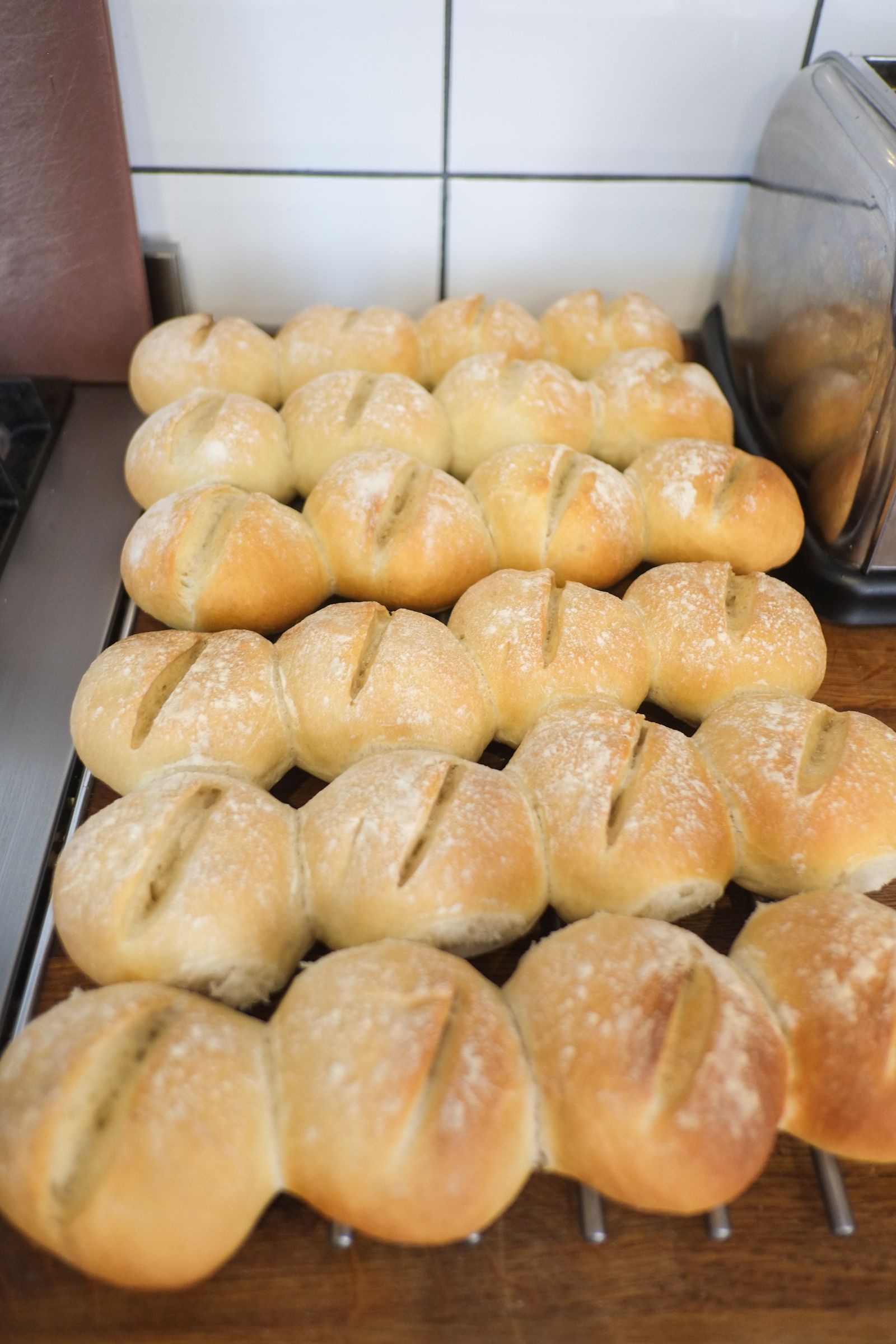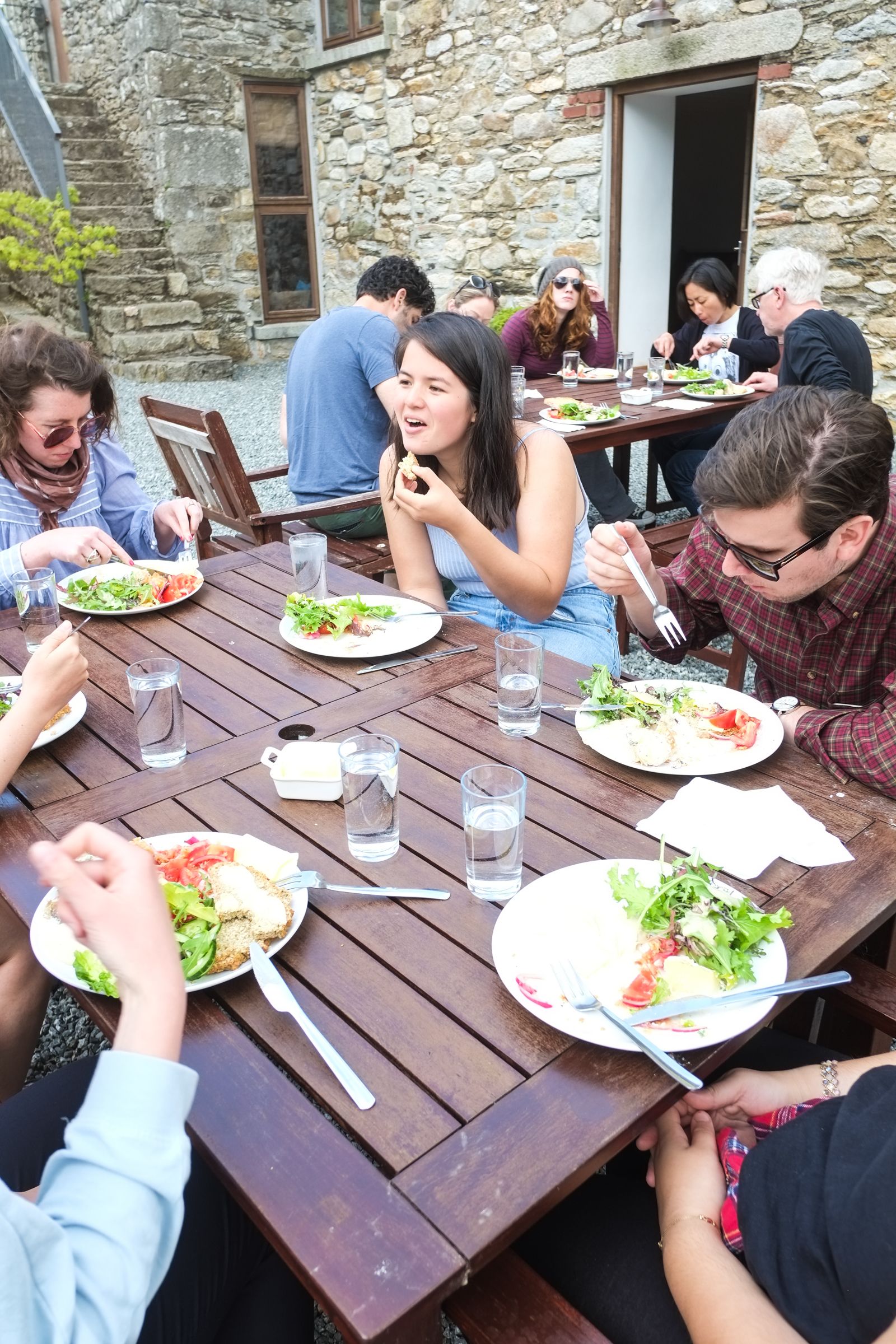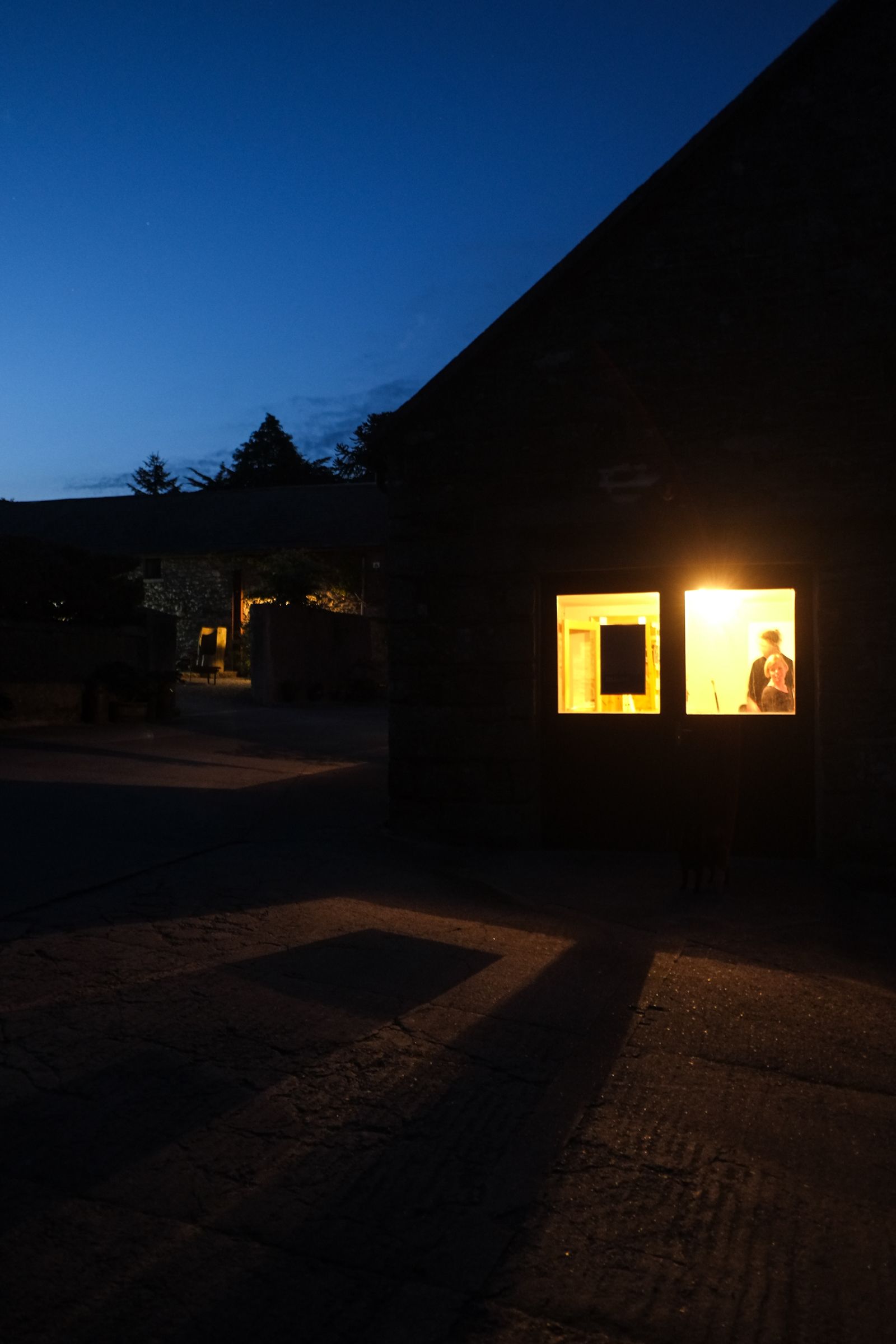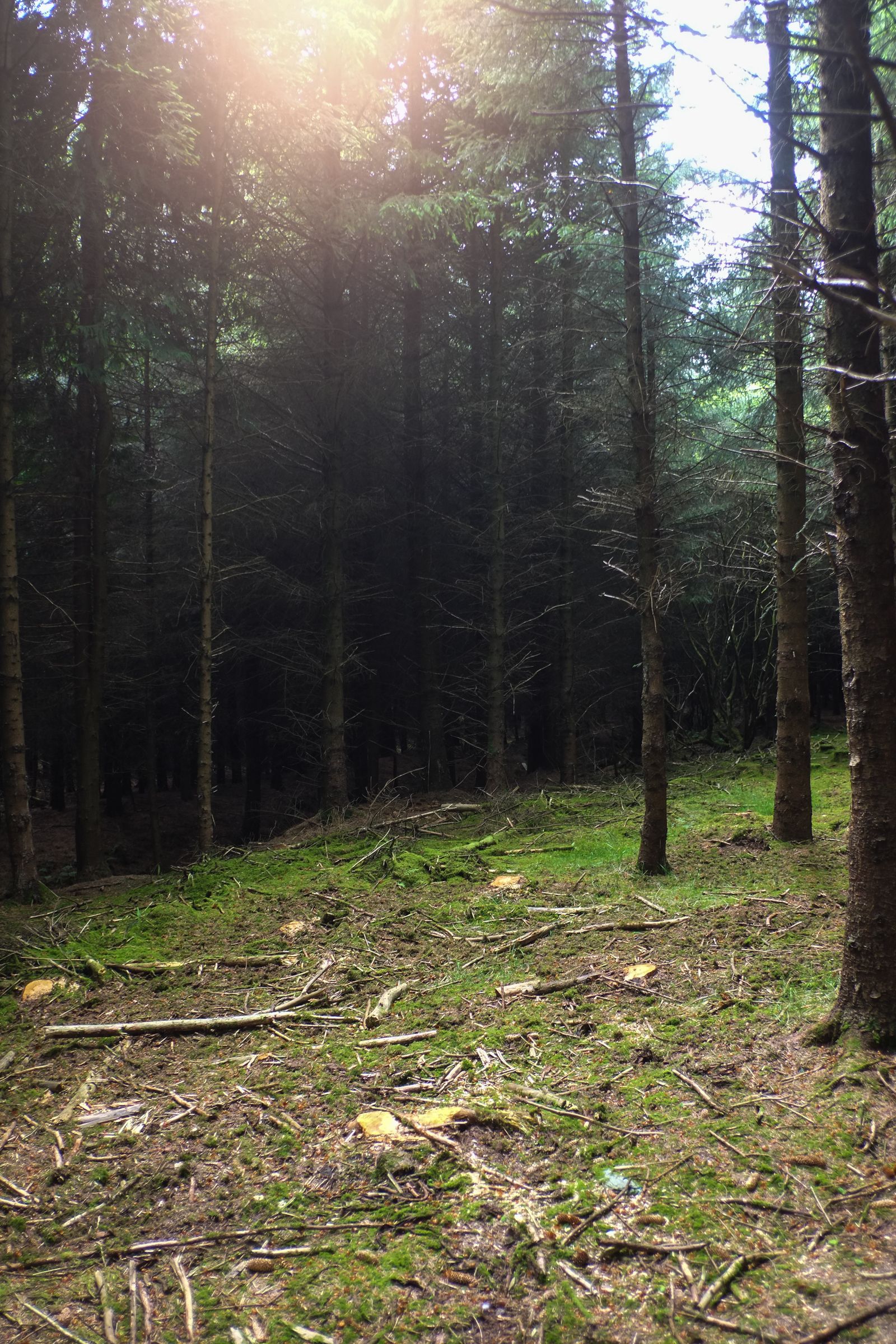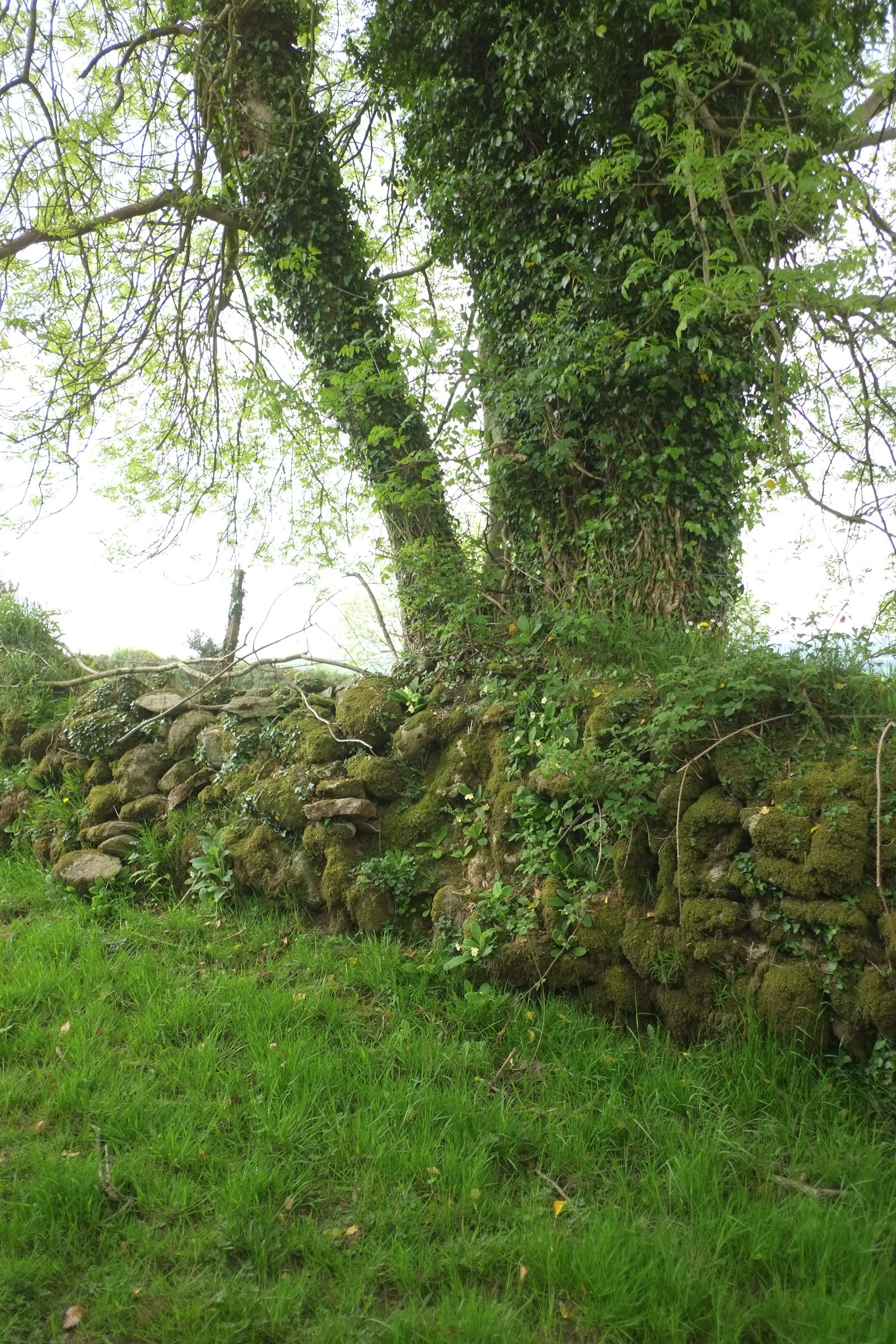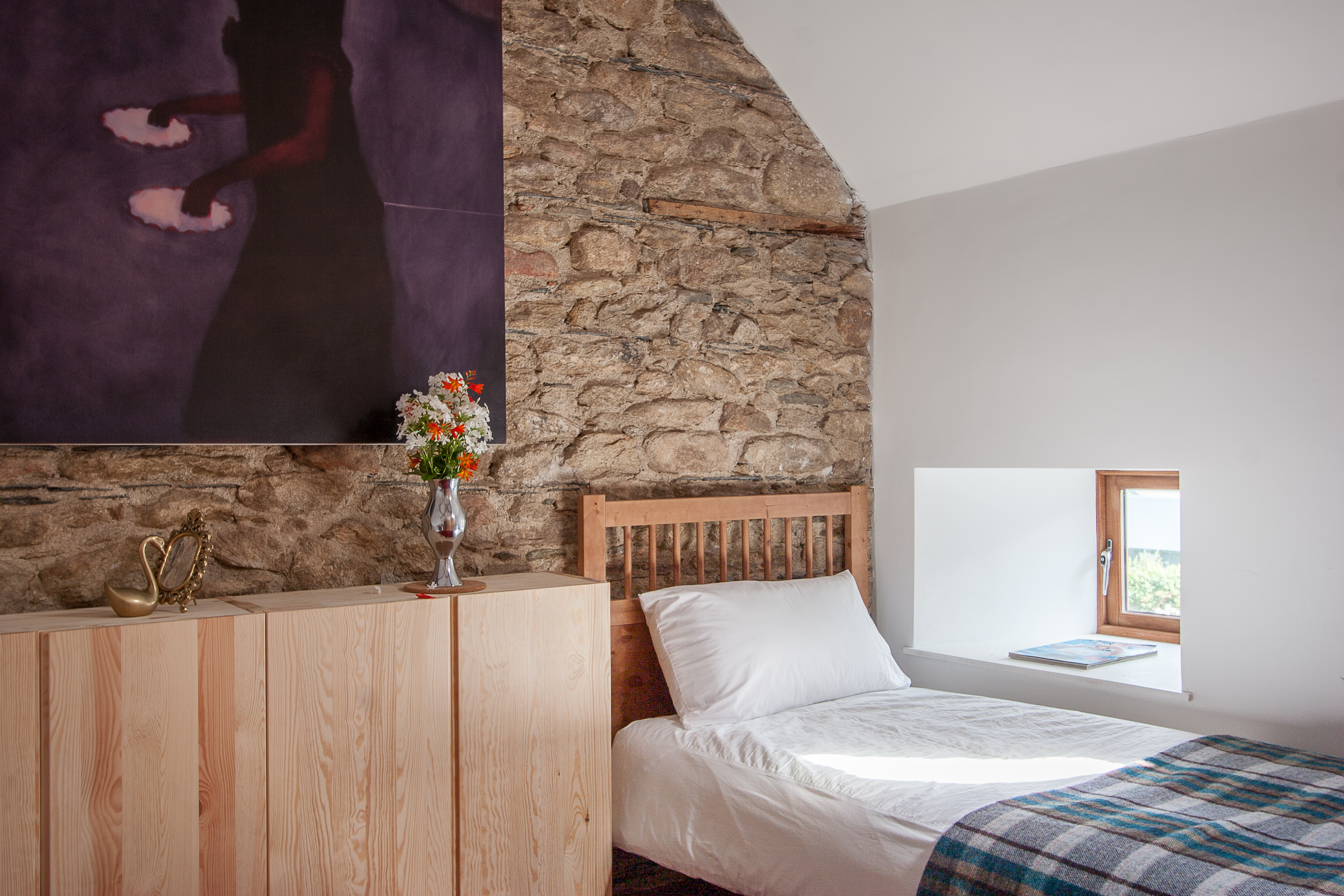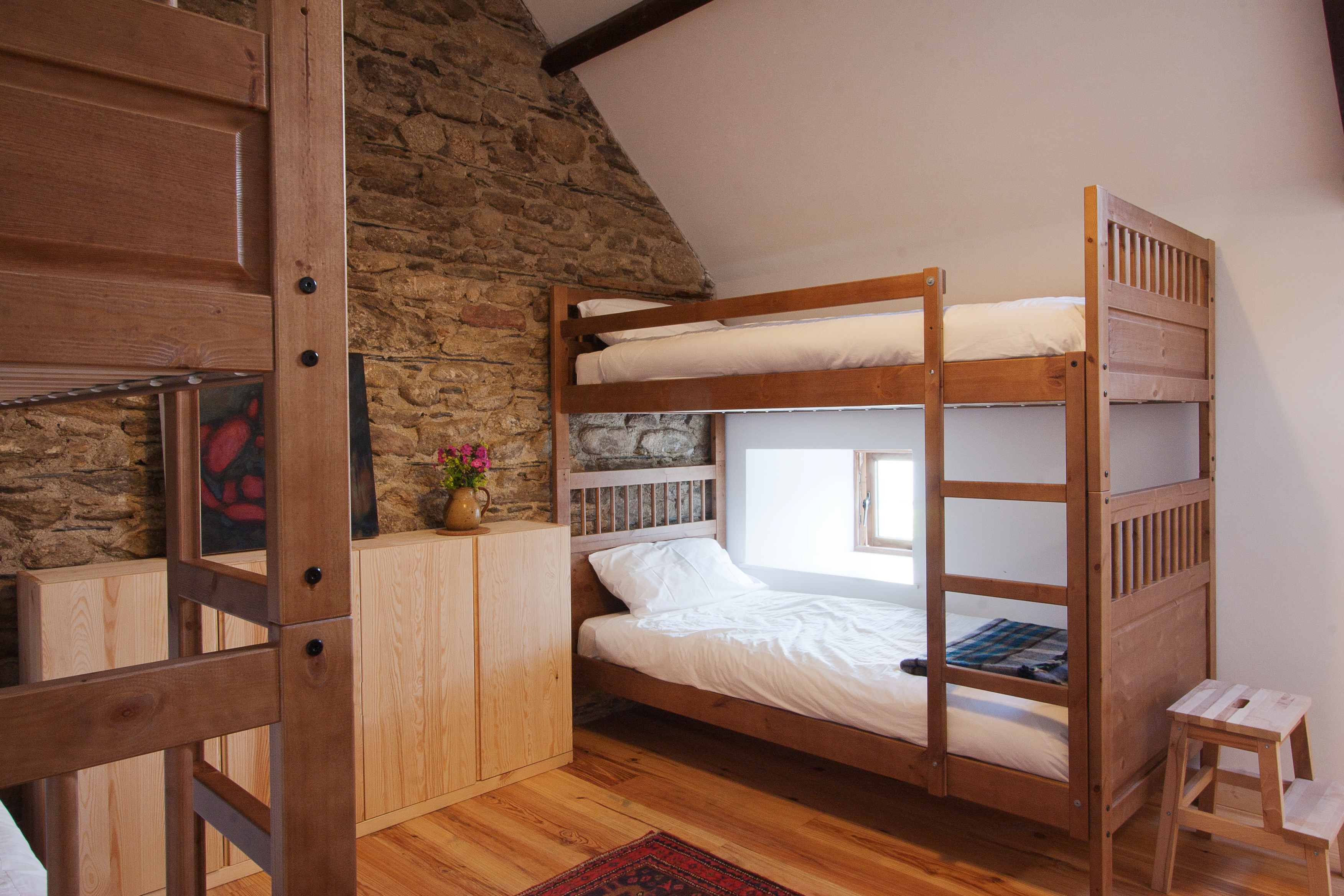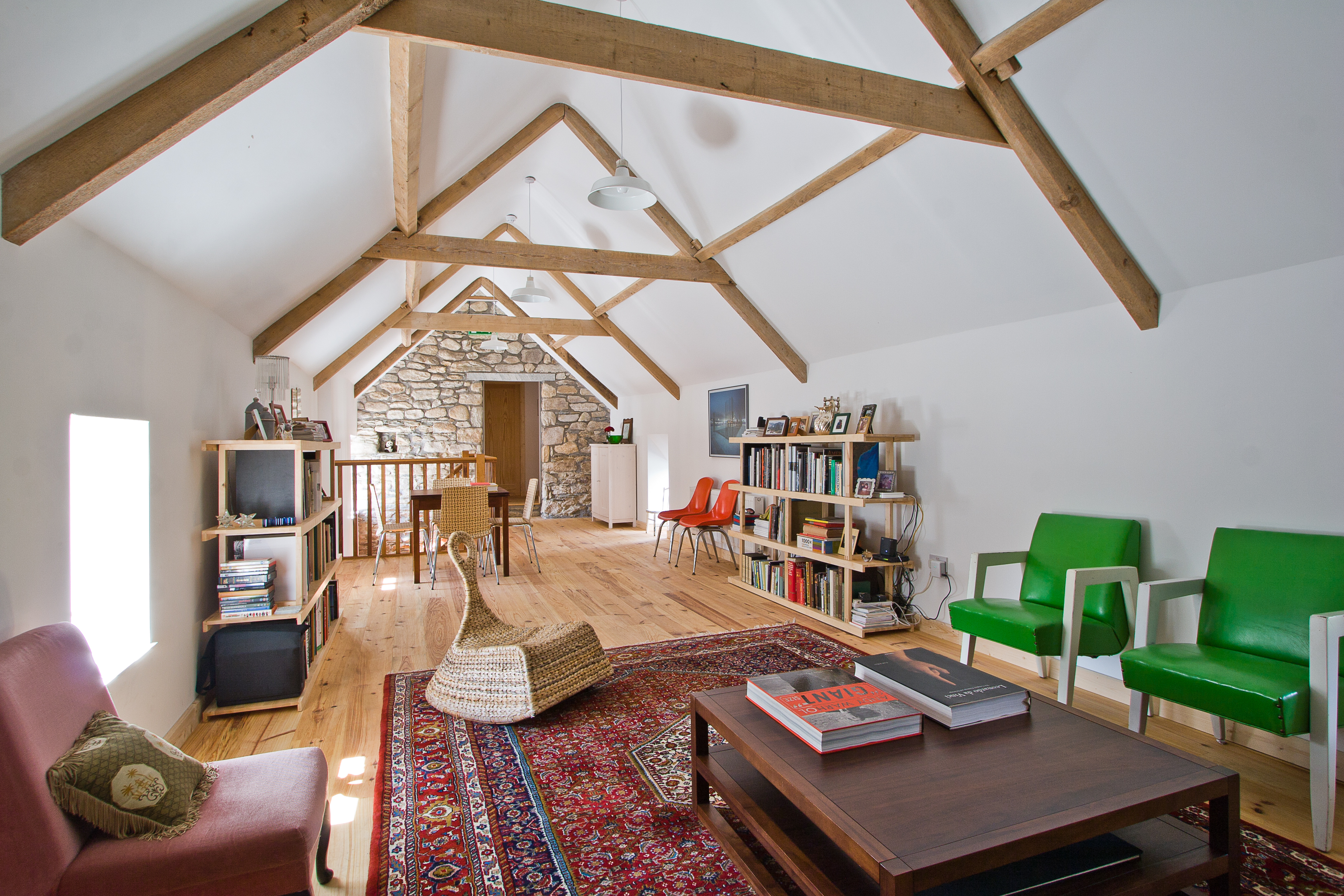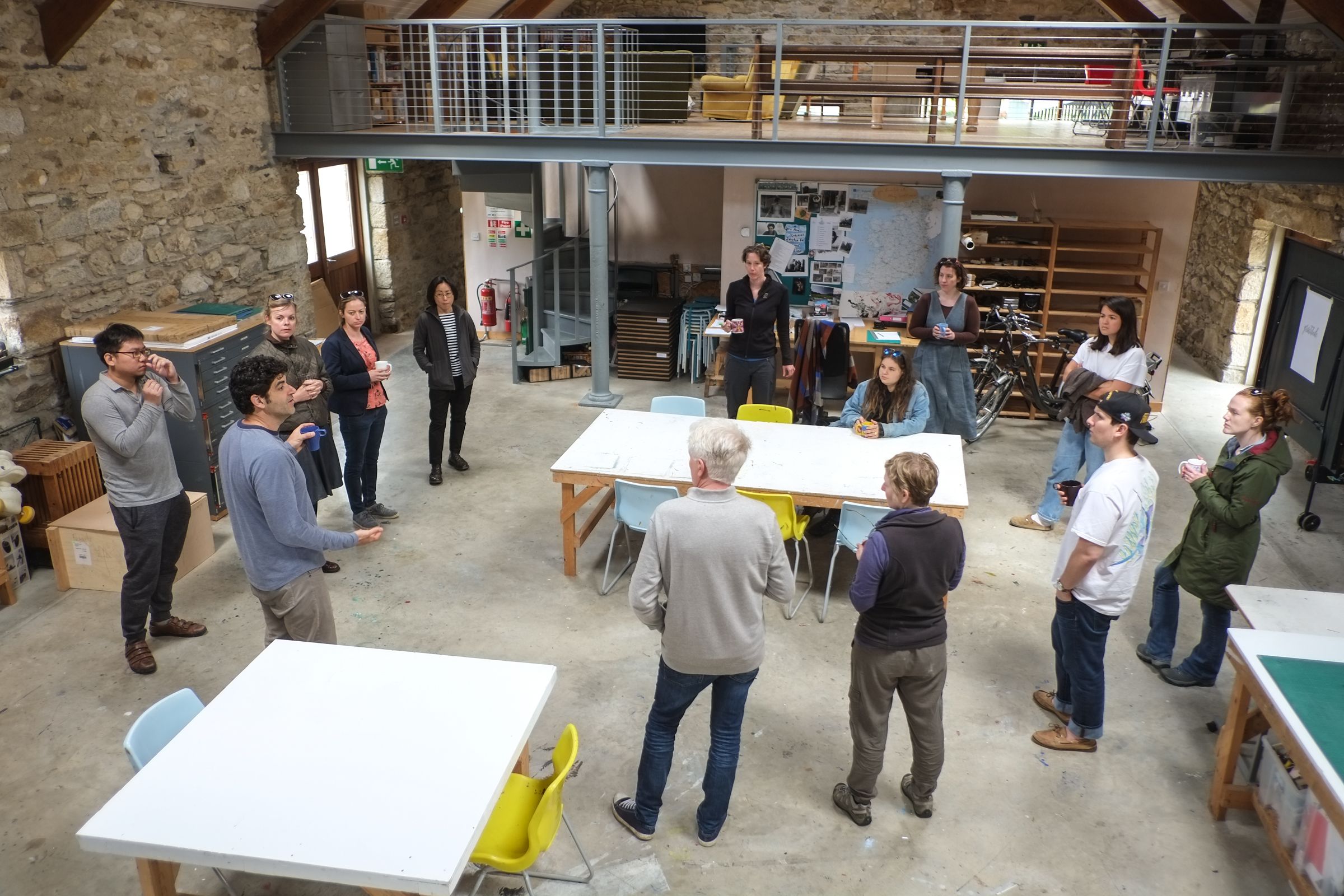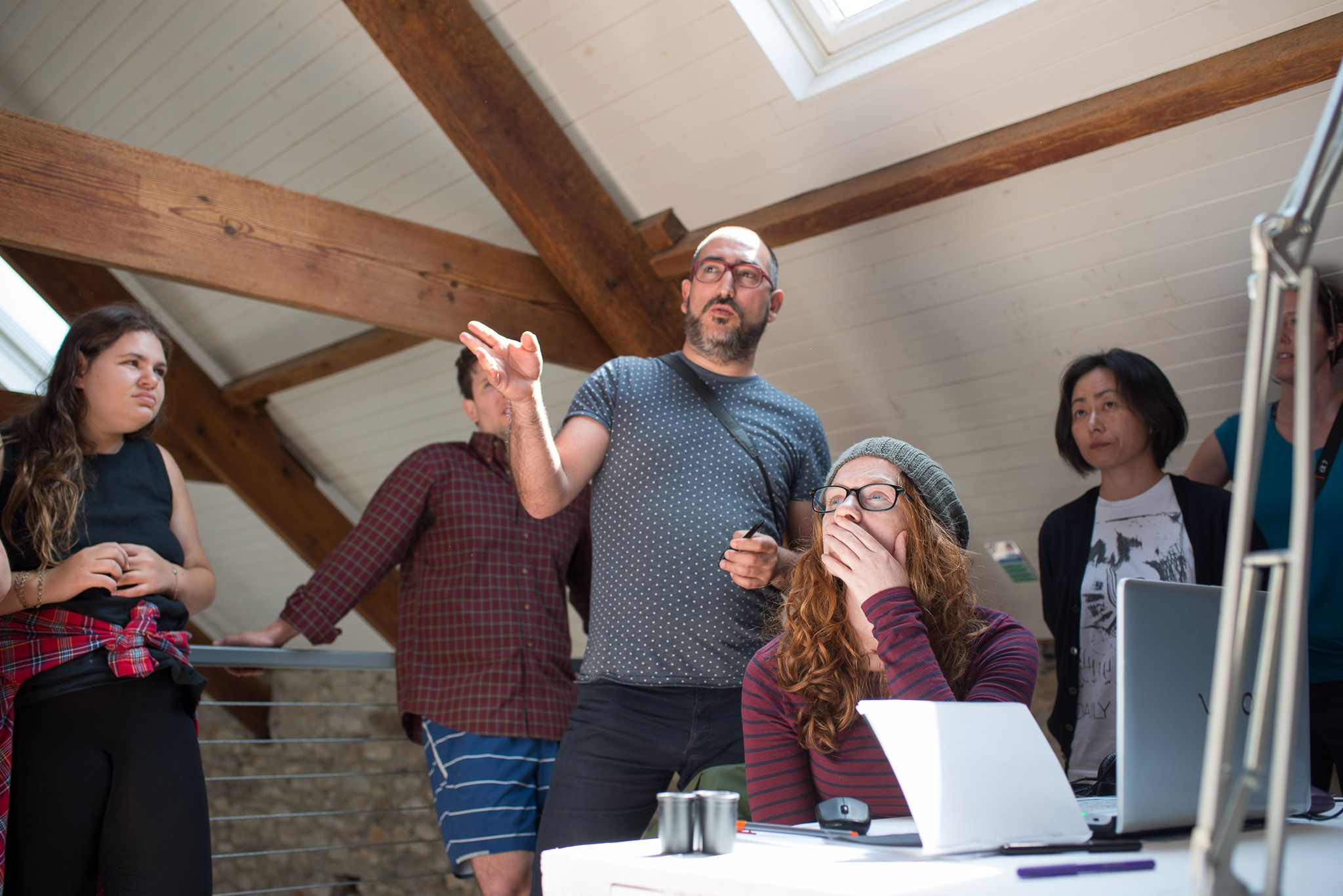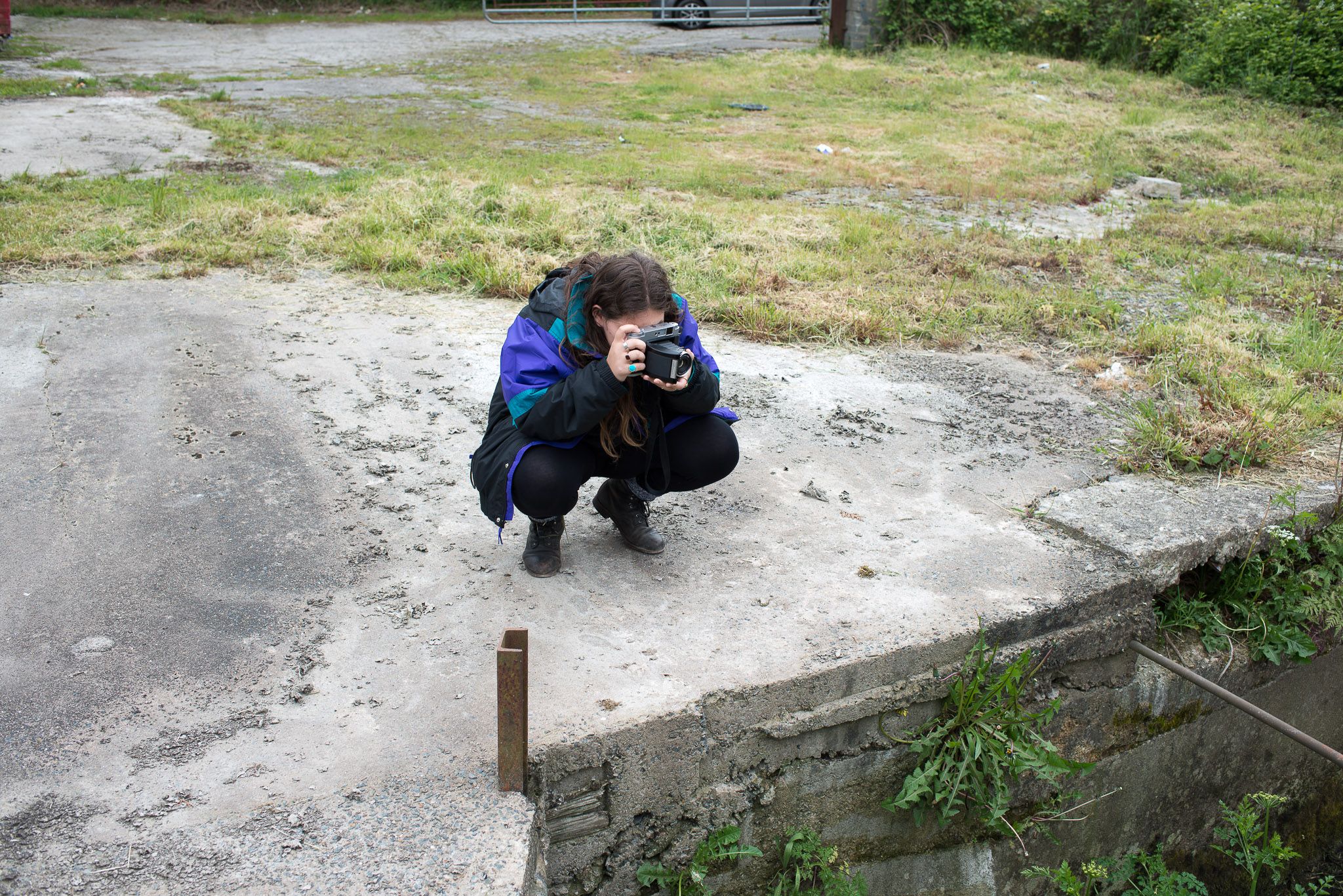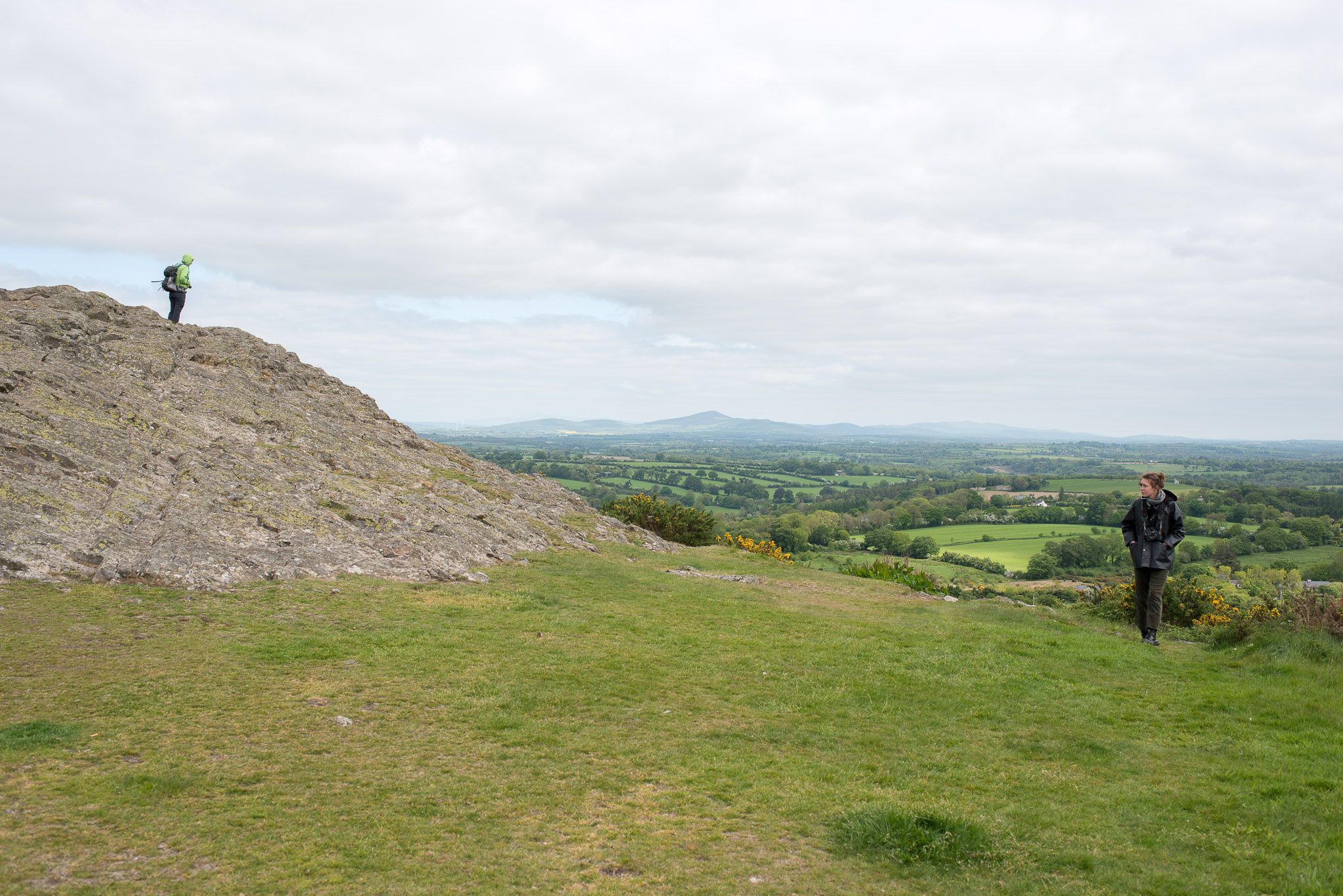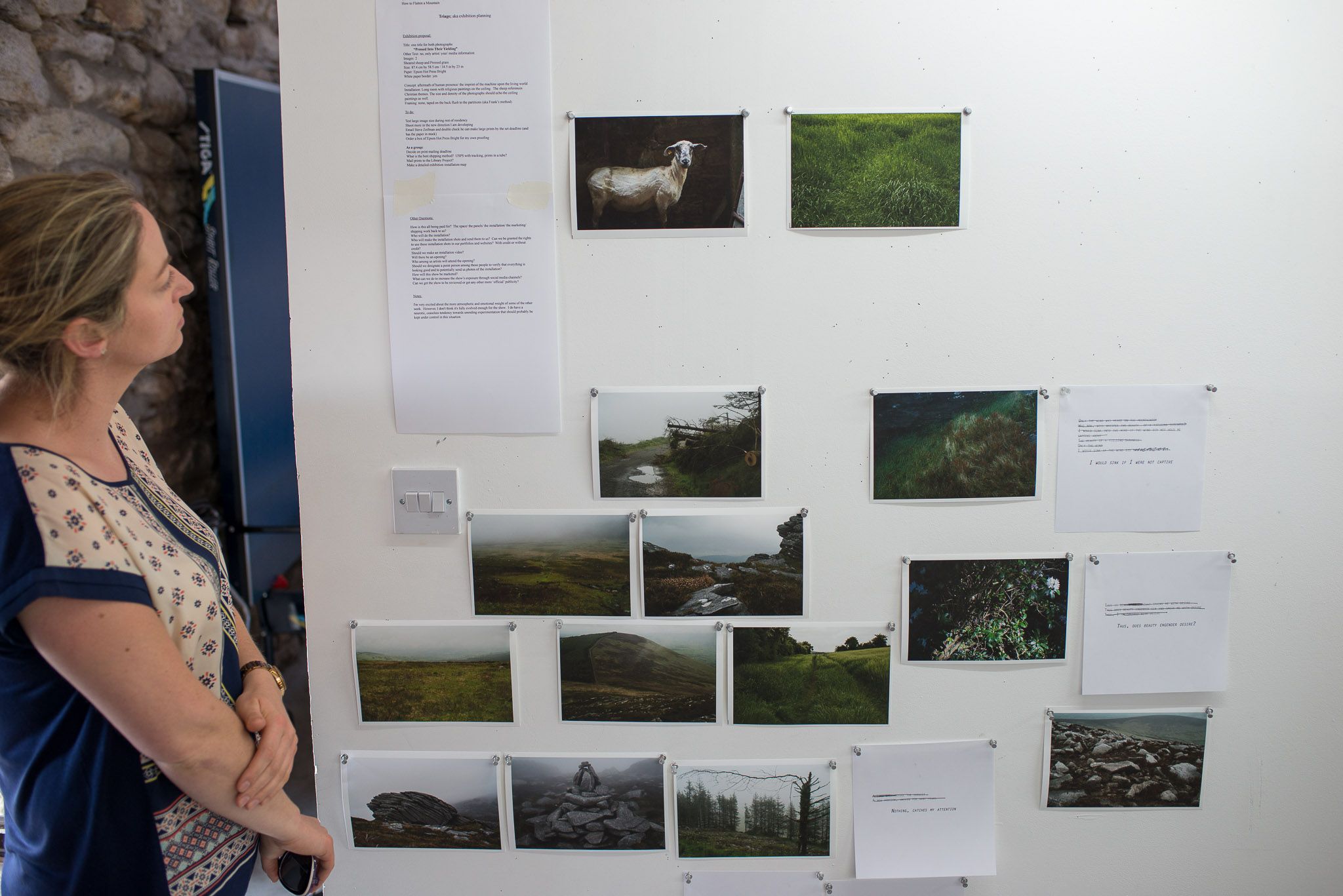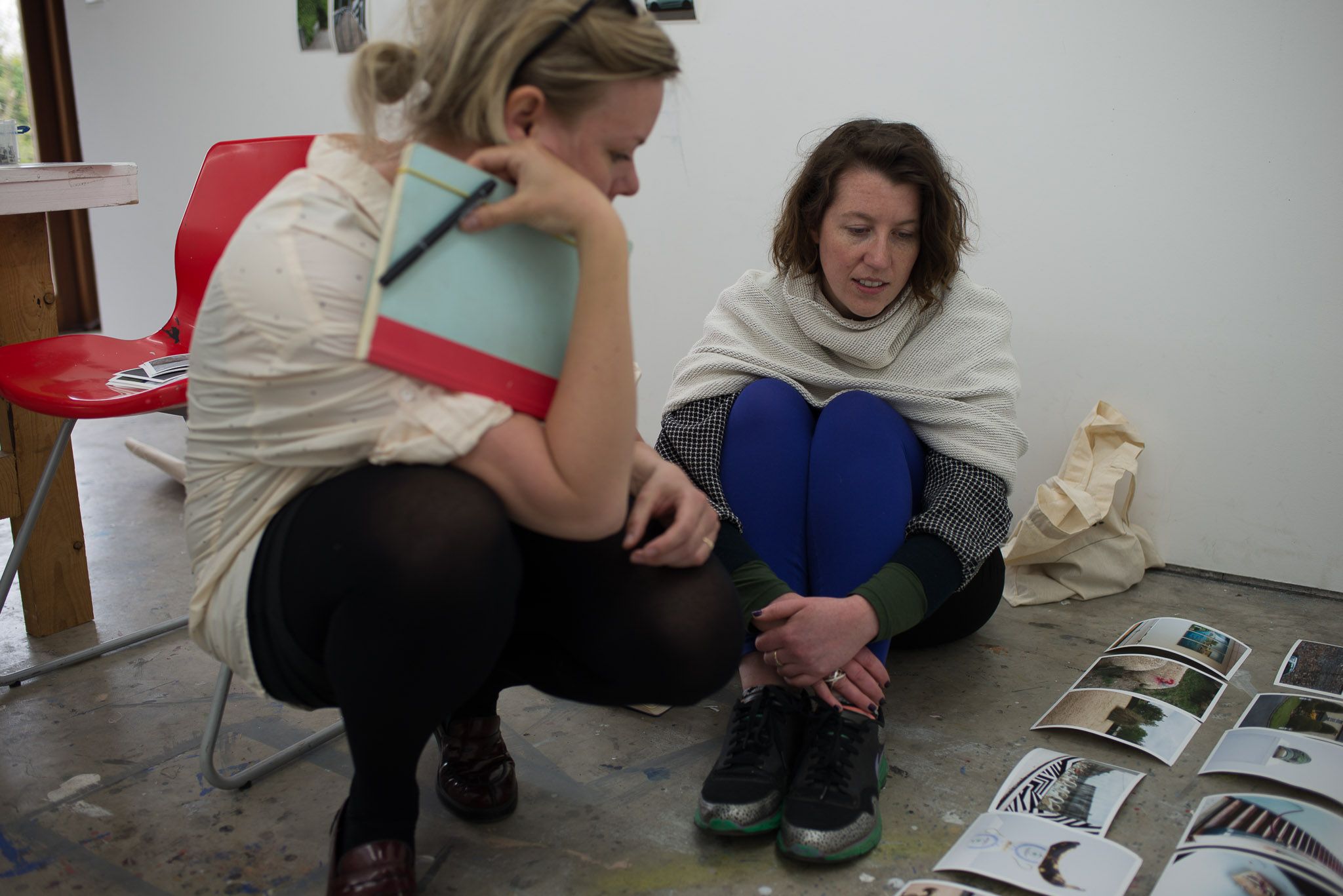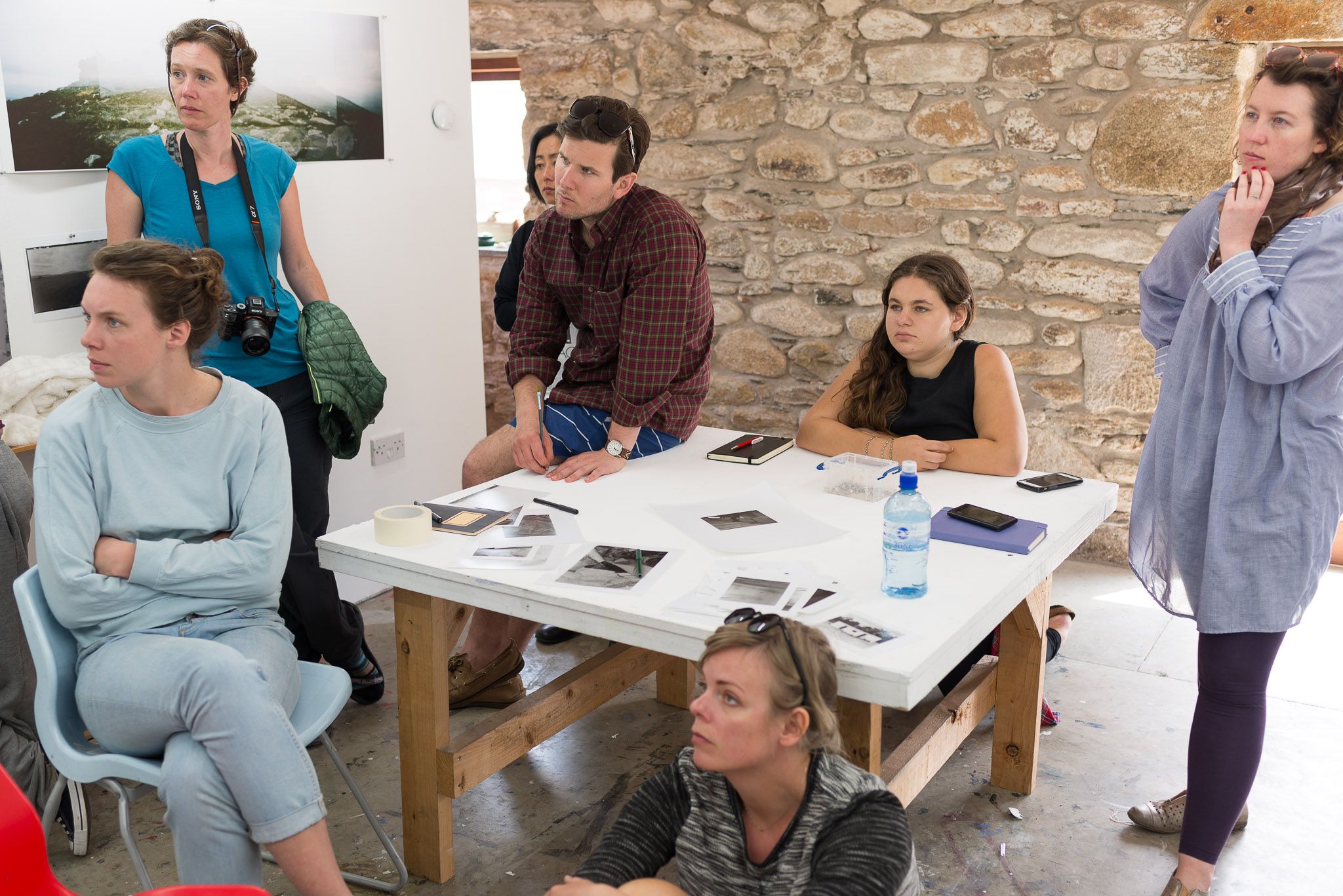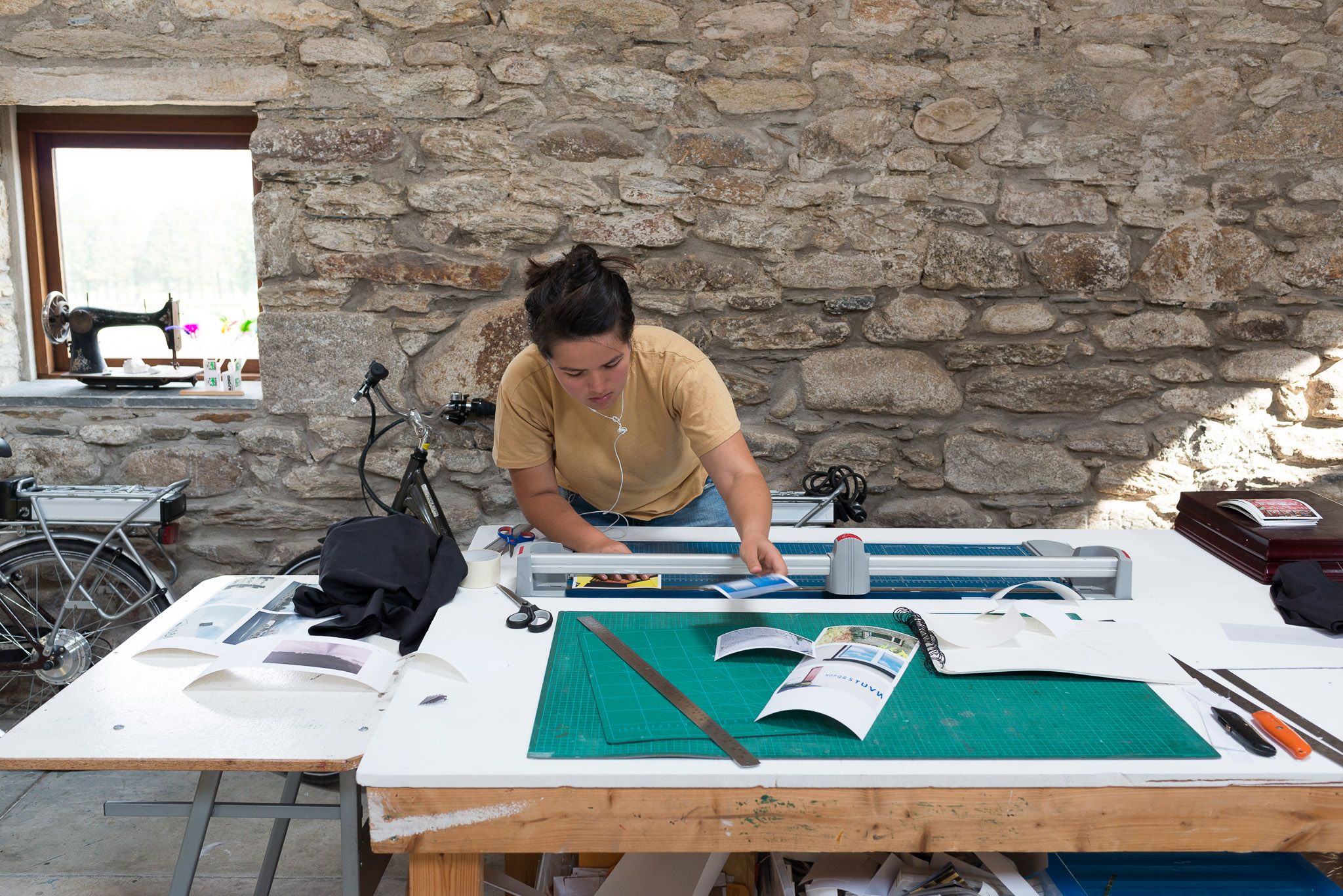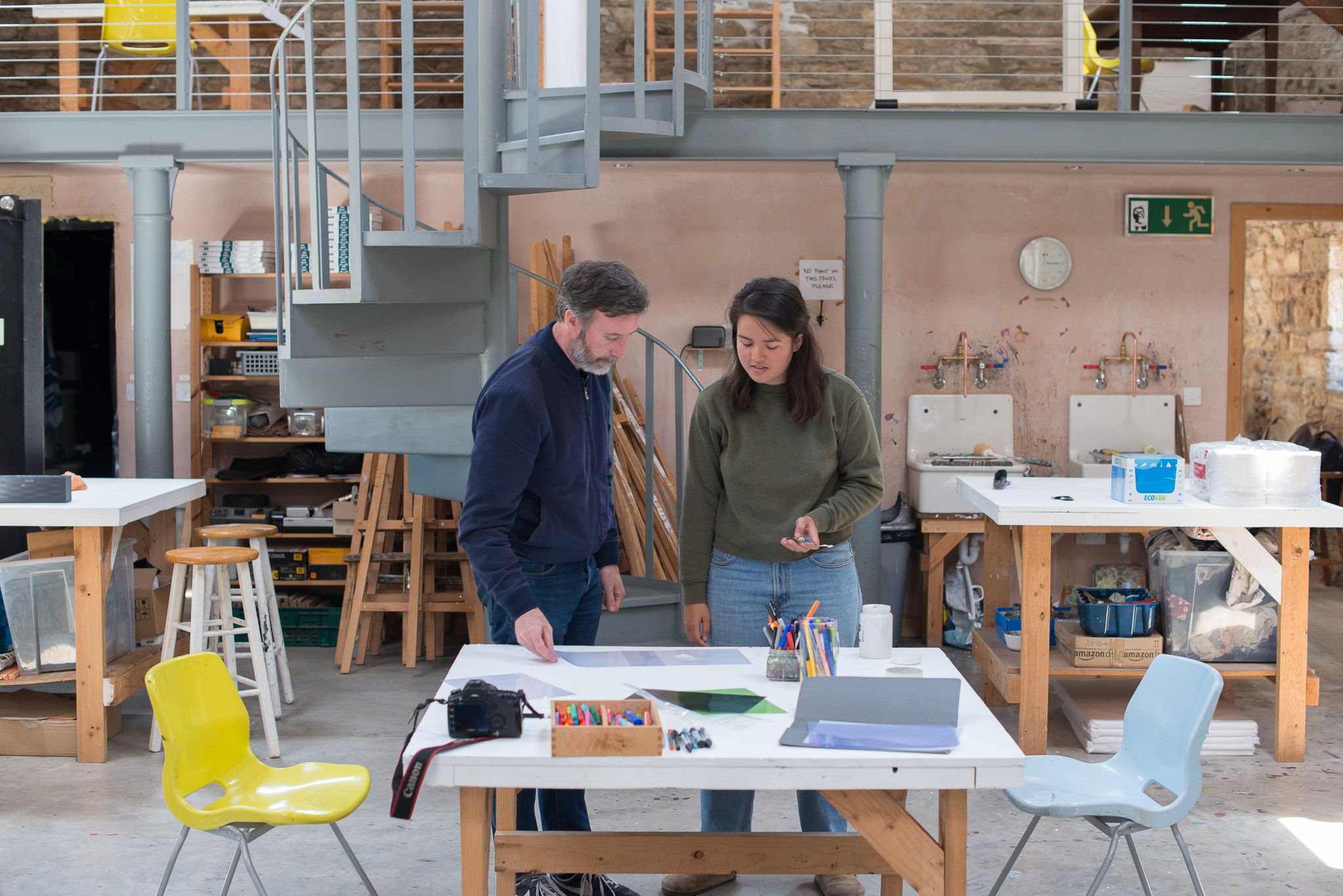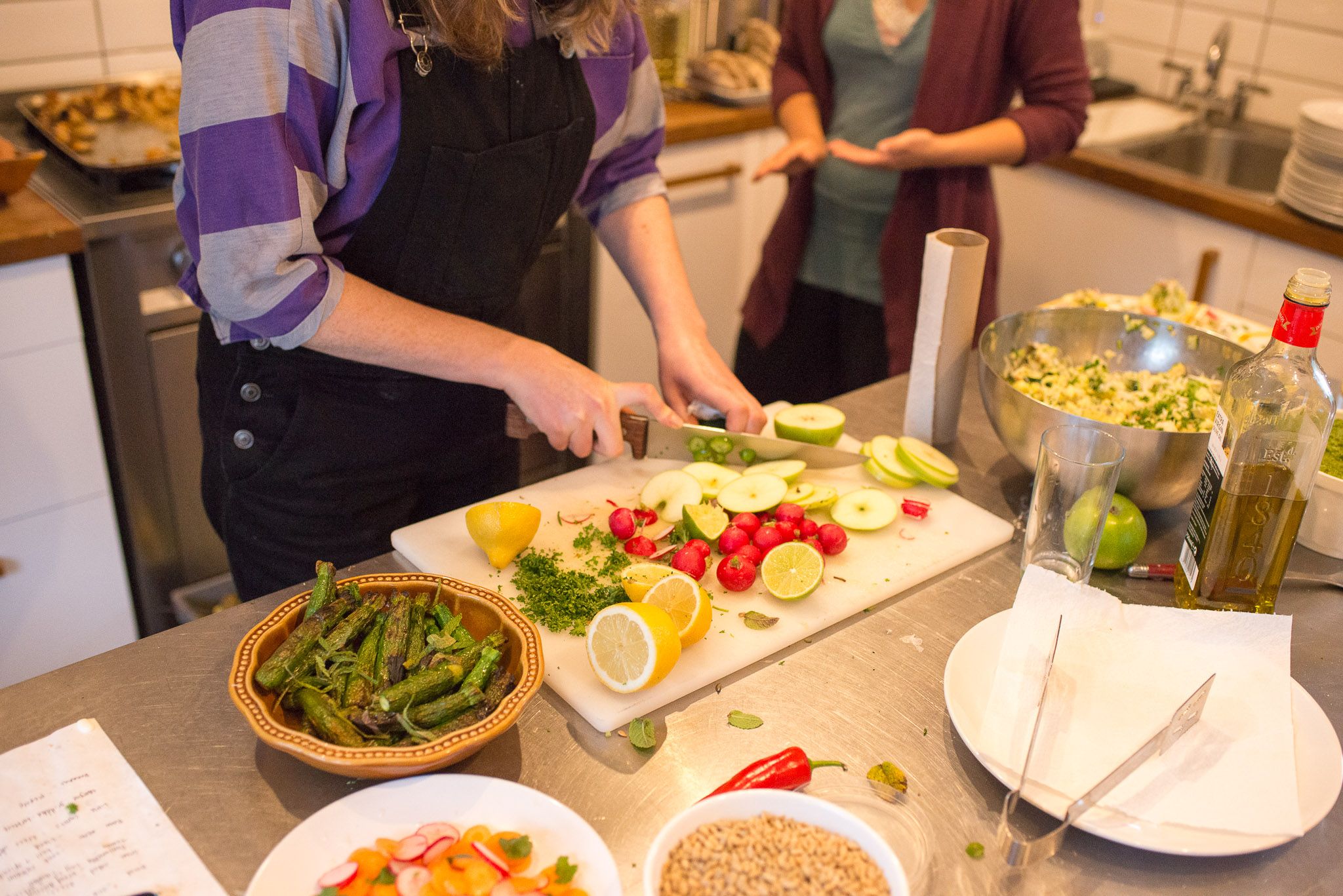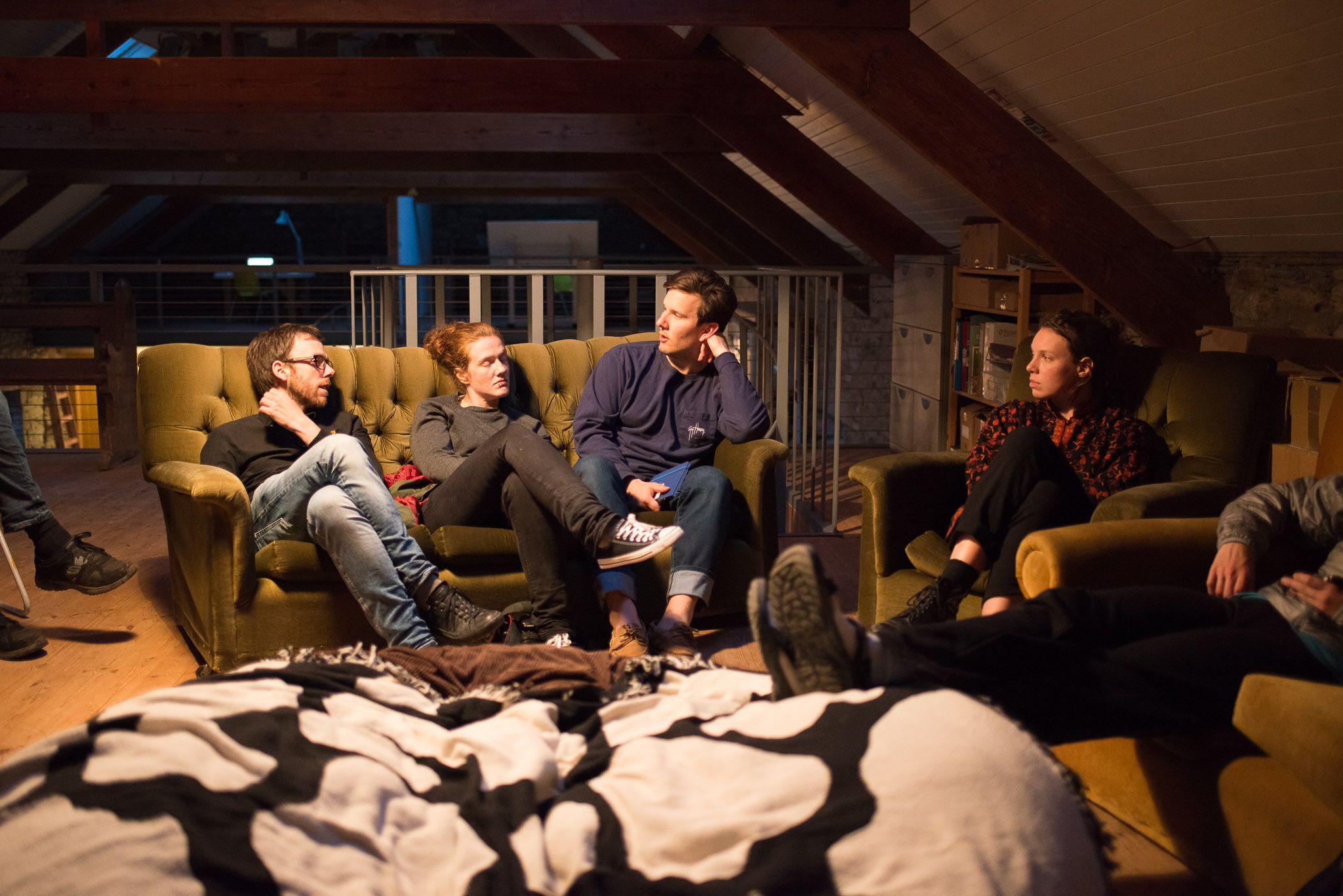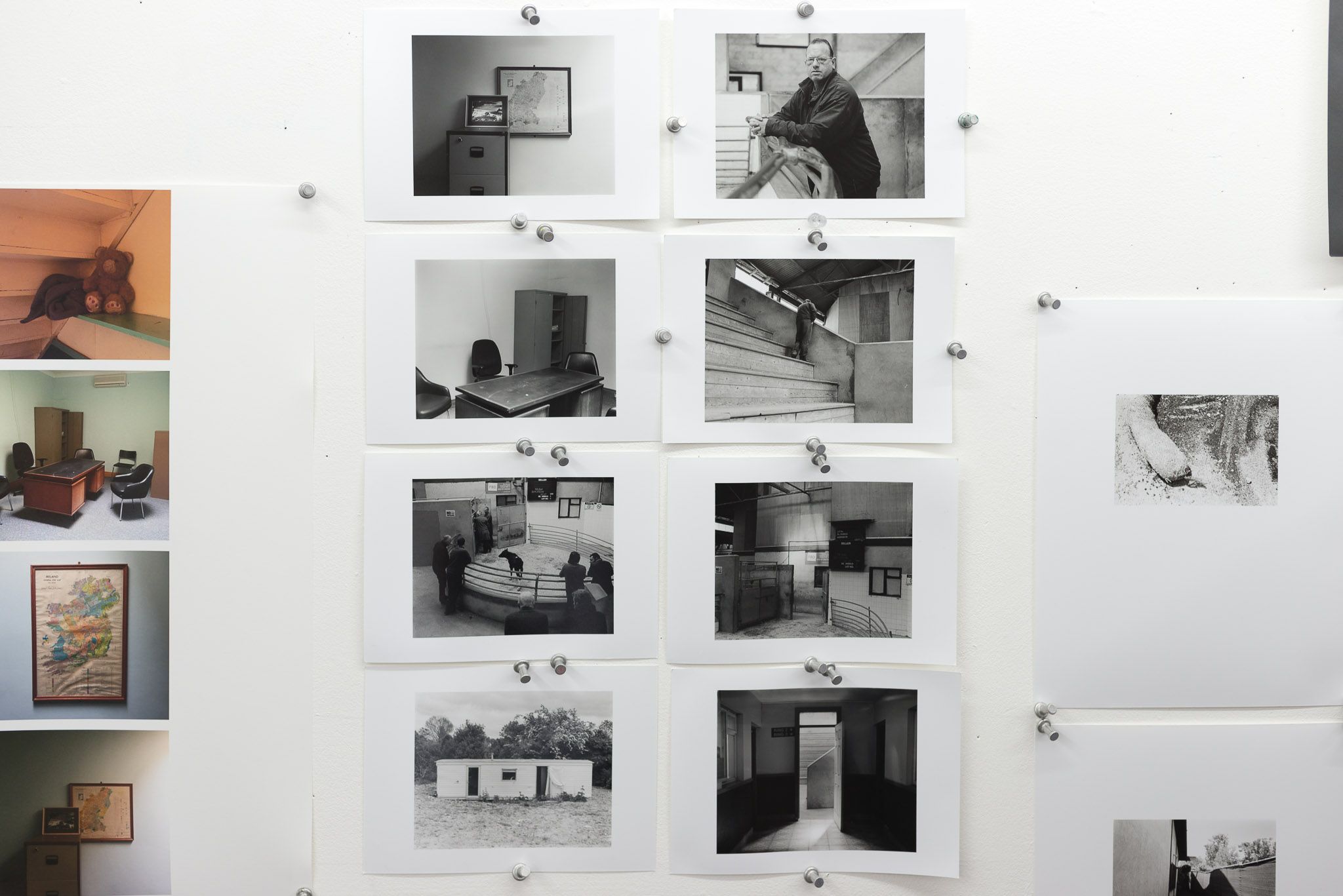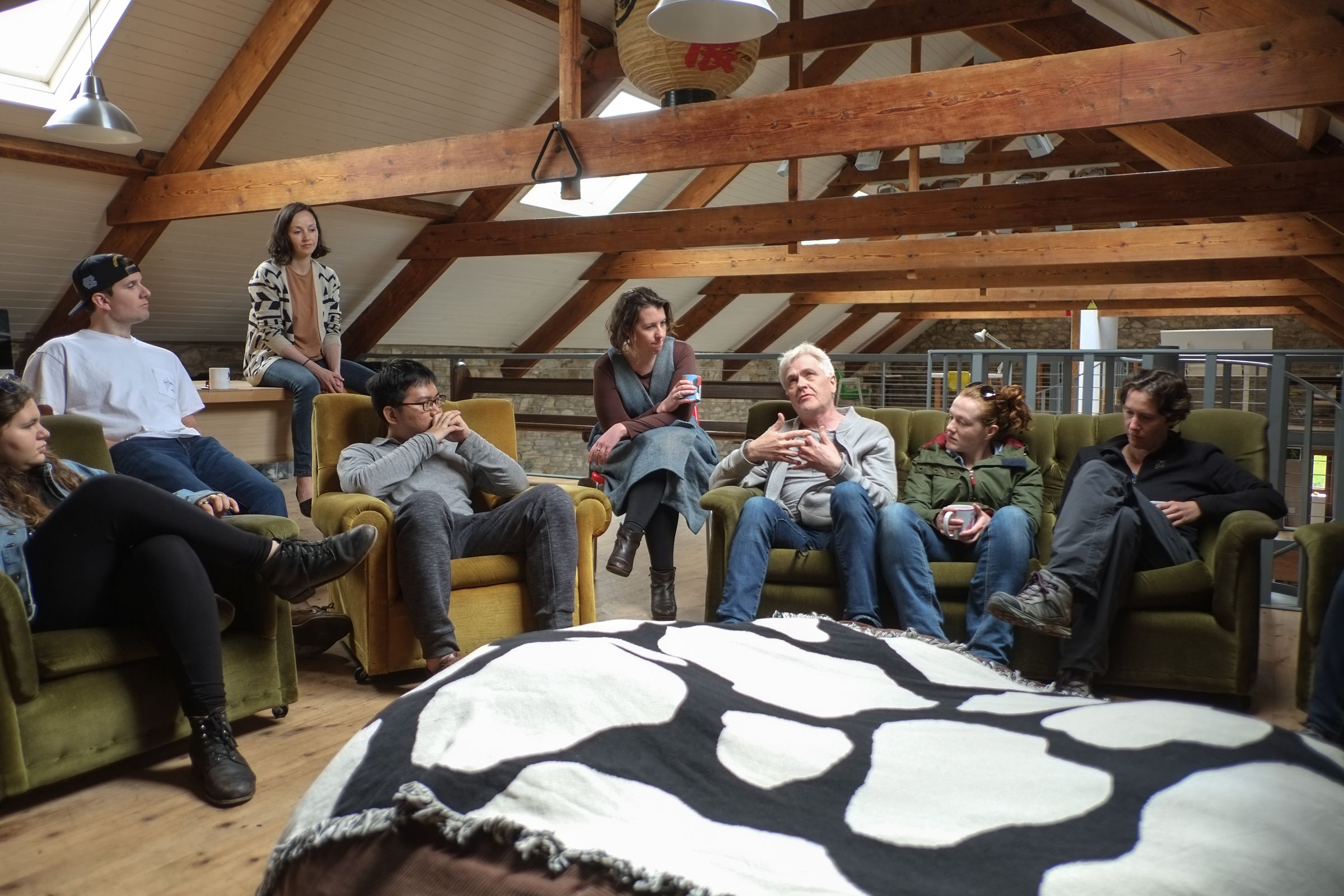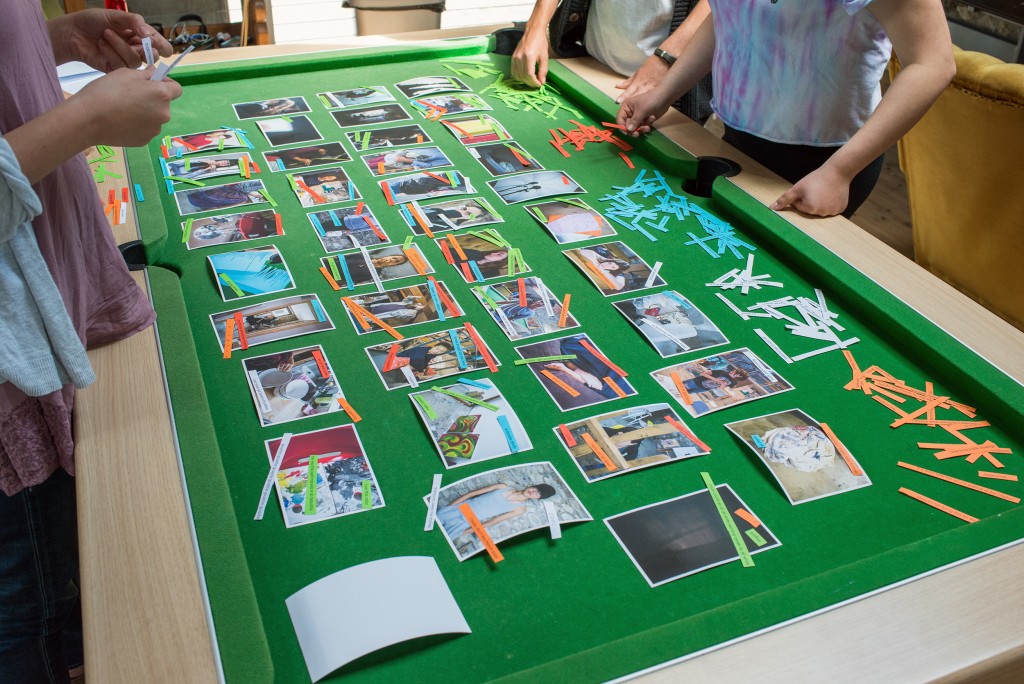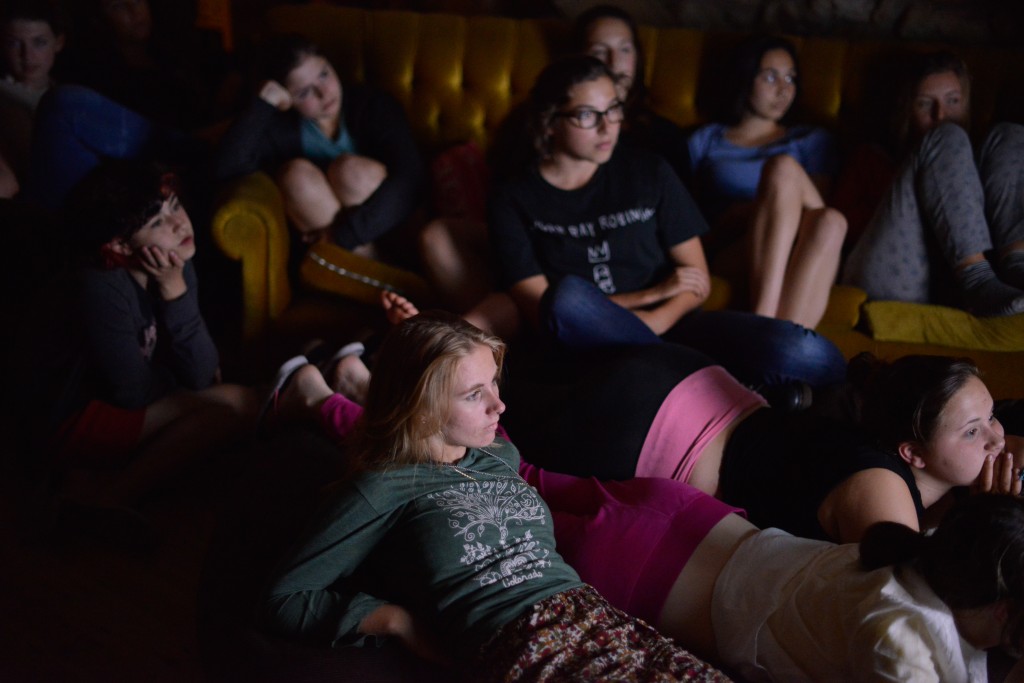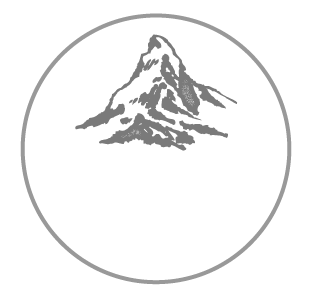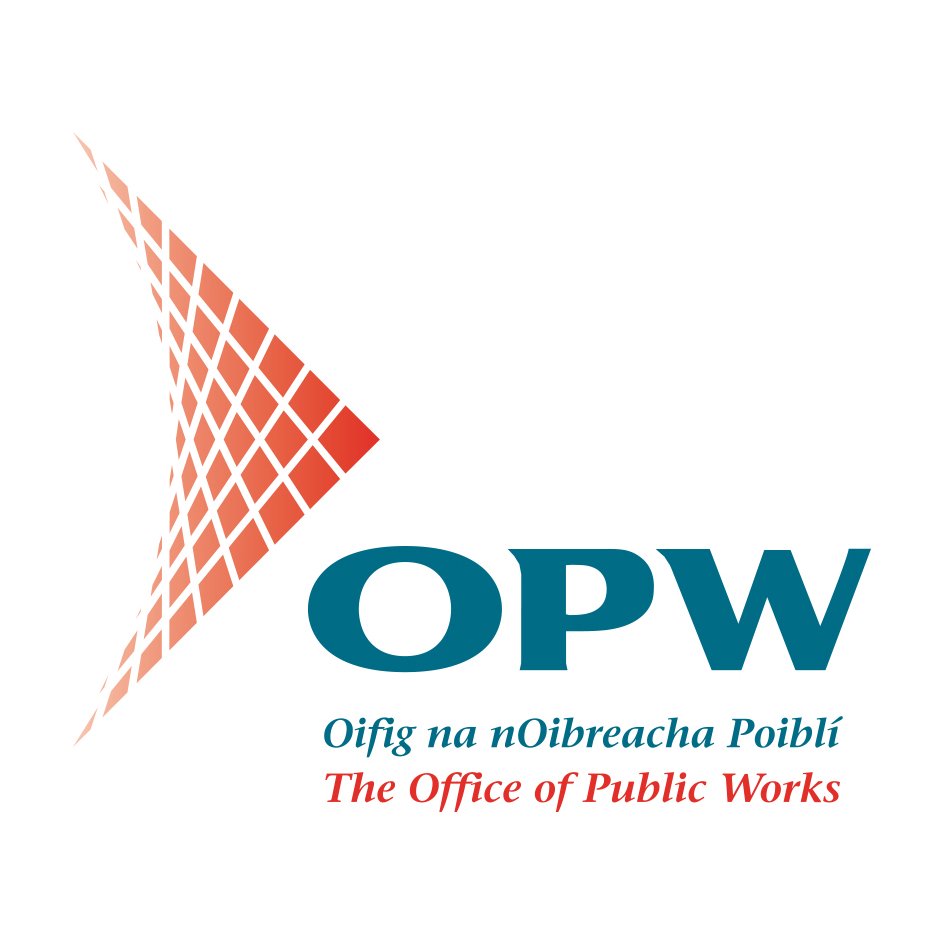How To Flatten A Mountain
Arts Residency
23 April–4 May 2018
How to Flatten a Mountain is an exciting 12 days residency opportunity presented by PhotoIreland & Cow House Studios, and with the support of OPW, open to emerging and mid-career visual artists whose artistic practice in whole or part, makes use of digital and/or analogue photographic processes.
The colophon of the residency is an exhibition of the works produced, presented during the PhotoIreland Festival at Rathfarnham Castle.
Participants in 2018
The 12 artists that will participate in How to Flatten a Mountain in 2018 are:
Rose Bennett, Donna Cooper Hurt, Sarah Flynn, Ana Gómez de León, Shaney Marie Herrmann, Katinka Igelberg, Daniel Orlando Lara Garcia, Nancy Libson, Sarah Pannell, Leah Raintree, Molly Ruoho, and Sofia Seguro.
HTFAM IS A UNIQUE EXPERIENCE
The aim of this residency is for participating artists to explore possibilities outside their core practice, work collaboratively and produce a cohesive exhibition of work to be presented at PhotoIreland Festival 2018. During the residency, participants will take an active part in a series of workshops led by guest facilitators and as a group will be sharing ideas, making work, processing, printing, editing, as needed, always working in collaboration. As an integral part of the residency, three artists based in Ireland will facilitate day-long workshops to provoke and animate different avenues for thought. Each facilitator brings to the residency new perspectives, challenges and opportunities for participants.
This twelve-day programme is comprised of three component parts; workshop facilitation, open studio time and the installation and opening of an exhibition in Dublin for PhotoIreland Festival 2018. The first five days of the programme will be comprised of a carefully selected series of workshops, readings and presentations designed to stimulate the creative process, facilitate collaboration, familiarise participants with the people and places of the locality and tease out shared curiosities and thematics. The following five days provide the necessary time and space to create new work. Following on from our initial workshops, the open studio time allows for participants to re-visit sites of interest, research, print and finalise work for presentation. The final two days will be spent in Dublin installing the exhibition, culminating in an opening on the final evening of the programme.
This residency opportunity is sure to result in the production of new work, introduce participants to a network of practitioners from a diversity of locations, provide a fantastic exhibition opportunity and open up new possibilities within each participant practice.
Residency Details
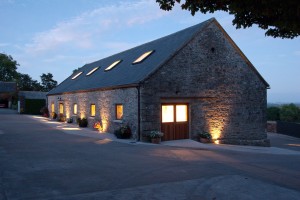
The residency project will take place at the fabulous Cow House Studios, Enniscorthy, County Wexford, Ireland. Open to local and international participants, the cost of the 12 days residency is €950 and it includes:
- Three delicious and healthy meals daily while at Cow House Studios
- Lunch and dinner while in Dublin
- Most comfy accommodation while at Cow House Studios*
- Informative and challenging readings, workshops and presentations
- Travel to and from Dublin
- Ink and paper for our printers, film and b&w paper for darkroom
- Access to all Cow House Studios facilities, computers, darkroom, and studios
- *Price does not include room and board while in Dublin. For a fee, we will arrange accommodation for two nights at the end of the residency for the duration of the install. Note that flights and airport transport are not covered.
Workshop Facilitators:
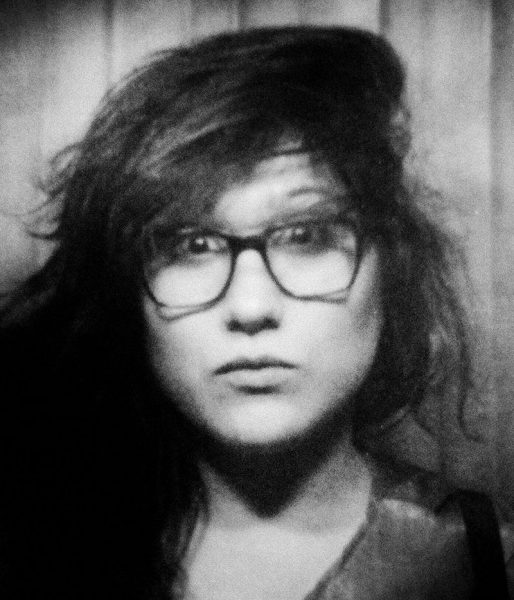 Laia Abril is a visual artist, photographer and bookmaker from Barcelona. After graduating in Journalism she enrolled FABRICA’s — the Benneton artist residency; where she worked at COLORS Magazine as a creative editor and staff photographer for 5 years. Her projects have been shown in the United States, Canada, UK, China, Poland, Germany, Holland, Switzerland, France, Italy or Spain as published in media worldwide. Her work is held in private and public collections as Musée de l’Elysée, Winterthur Museum in Switzerland or MNAC in Barcelona. She is the author of Thinspiration (Self-published 2012), The Epilogue (Dewi Lewis, 2014), Tediousphilia (Musée de l’Elysée, 2014) and Lobismuller (RM, 2016) — holder of the Images Book Award. Her current new long-term project A History of Misogyny, first chapter On Abortion — exhibited at Les Rencontres in Arles in 2016; is just been published by Dewi Lewis and presented at Paris Photo 2017.
Laia Abril is a visual artist, photographer and bookmaker from Barcelona. After graduating in Journalism she enrolled FABRICA’s — the Benneton artist residency; where she worked at COLORS Magazine as a creative editor and staff photographer for 5 years. Her projects have been shown in the United States, Canada, UK, China, Poland, Germany, Holland, Switzerland, France, Italy or Spain as published in media worldwide. Her work is held in private and public collections as Musée de l’Elysée, Winterthur Museum in Switzerland or MNAC in Barcelona. She is the author of Thinspiration (Self-published 2012), The Epilogue (Dewi Lewis, 2014), Tediousphilia (Musée de l’Elysée, 2014) and Lobismuller (RM, 2016) — holder of the Images Book Award. Her current new long-term project A History of Misogyny, first chapter On Abortion — exhibited at Les Rencontres in Arles in 2016; is just been published by Dewi Lewis and presented at Paris Photo 2017.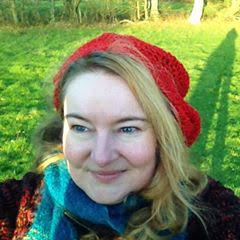 Cathy Fitzgerald, Ph.D, (Visual Culture, National College of Art and Design, Dublin, Ireland), is an Irish-based New Zealander and her creative art and activist practice and research is a response to eco-socio-political concerns. Cathy sees transversal eco-social art practices as having the potential to move and act as memes of aesthetically-charged, micro-political resistance for the Symbiocene, an era when the mutual flourishing of all life is supported, rather than the endgame of the Anthropocene (Albrecht, 2016). Her ongoing‘slow art’ practice is inspired by the small conifer plantation community that she lives with, in South County Carlow, Ireland. Since 2008, her eco-social art practice has developed aesthetic, practical and political activities to learn and share new-to-Ireland Close-to-Nature forestry practices in her and others’ efforts to transform a monoculture tree plantation into a continuous cover forest called Hollywood. Such practices counter the eco-social destructive dominance of clearfell, monoculture forestry practices common across the world. Alongside this, her recent doctoral art practice research has concerned developing a guiding theory and methodology for long-term eco-social art practices for the emergent art and ecology field. This framework when applied to Cathy’s eco-social art practice and leading examples from the art and ecology field, articulates why and how she has explored and practiced a transversal practice that involves practicing new-to-Ireland, Close-to-Nature continuous cover forestry, experimental film-making, writing, exploring ecocriticism and eco-philosophy, national forest policy development and ecocide law advocacy (she succeeded in getting continuous cover forestry as the key point in the new Irish Green Party Forest policy (2012) and that the Green Party of Ireland and Northern Ireland recognise that a crime of ecocide (the long term destruction of ecosystems by man) be supported in international law (2013). Cathy’s practice-led research and dissemination of her research in her community and through digital platforms is clarifying the potential of transversal activities in contemporary art practice to develop valuable culture responses of creative resistance to the unfolding eco-social concerns of our era. Cathy successfully defended her practice-led PhD research on 20 September 2016. External Examiner: Dr. Richard Povall, Director of the Art and Ecology programme, Devon (U.K)
Cathy Fitzgerald, Ph.D, (Visual Culture, National College of Art and Design, Dublin, Ireland), is an Irish-based New Zealander and her creative art and activist practice and research is a response to eco-socio-political concerns. Cathy sees transversal eco-social art practices as having the potential to move and act as memes of aesthetically-charged, micro-political resistance for the Symbiocene, an era when the mutual flourishing of all life is supported, rather than the endgame of the Anthropocene (Albrecht, 2016). Her ongoing‘slow art’ practice is inspired by the small conifer plantation community that she lives with, in South County Carlow, Ireland. Since 2008, her eco-social art practice has developed aesthetic, practical and political activities to learn and share new-to-Ireland Close-to-Nature forestry practices in her and others’ efforts to transform a monoculture tree plantation into a continuous cover forest called Hollywood. Such practices counter the eco-social destructive dominance of clearfell, monoculture forestry practices common across the world. Alongside this, her recent doctoral art practice research has concerned developing a guiding theory and methodology for long-term eco-social art practices for the emergent art and ecology field. This framework when applied to Cathy’s eco-social art practice and leading examples from the art and ecology field, articulates why and how she has explored and practiced a transversal practice that involves practicing new-to-Ireland, Close-to-Nature continuous cover forestry, experimental film-making, writing, exploring ecocriticism and eco-philosophy, national forest policy development and ecocide law advocacy (she succeeded in getting continuous cover forestry as the key point in the new Irish Green Party Forest policy (2012) and that the Green Party of Ireland and Northern Ireland recognise that a crime of ecocide (the long term destruction of ecosystems by man) be supported in international law (2013). Cathy’s practice-led research and dissemination of her research in her community and through digital platforms is clarifying the potential of transversal activities in contemporary art practice to develop valuable culture responses of creative resistance to the unfolding eco-social concerns of our era. Cathy successfully defended her practice-led PhD research on 20 September 2016. External Examiner: Dr. Richard Povall, Director of the Art and Ecology programme, Devon (U.K)
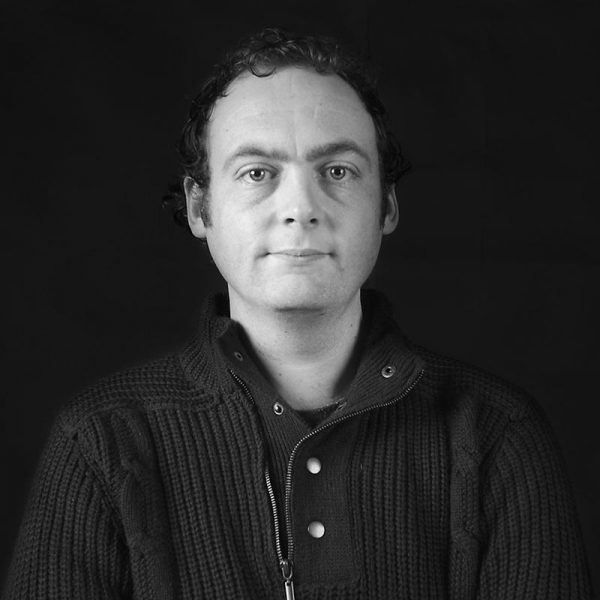 Robert Ellis is an Irish photographer and lecturer who completed his MFA in Photography from the University of Ulster in Belfast (2011), having previously graduated with a BA Hons Degree in Photography from Dublin Institute of Photography (2007). Recent solo exhibitions in 2017 include Belfast Exposed Gallery, Peckham 24 as part of Photo London, and The Library Project in Dublin. He has been featured on a number of online platforms including The British Journal of Photography, FlakPhoto and This is Paper. In 2014 he was invited as an emerging European photographer to participate in Plat(t)form at the Fotomuseum Winterthur, Switzerland. That same year he was commissioned by Curator Valerie Connor for Golden Mountain, TULCA Visual Arts Festival. His work was featured in New Irish Works as part of PhotoIreland Festival 2013, including the publication of the same name. He is currently a lecturer in Photography at Griffith College and the National College of Art and Design in Dublin.
Robert Ellis is an Irish photographer and lecturer who completed his MFA in Photography from the University of Ulster in Belfast (2011), having previously graduated with a BA Hons Degree in Photography from Dublin Institute of Photography (2007). Recent solo exhibitions in 2017 include Belfast Exposed Gallery, Peckham 24 as part of Photo London, and The Library Project in Dublin. He has been featured on a number of online platforms including The British Journal of Photography, FlakPhoto and This is Paper. In 2014 he was invited as an emerging European photographer to participate in Plat(t)form at the Fotomuseum Winterthur, Switzerland. That same year he was commissioned by Curator Valerie Connor for Golden Mountain, TULCA Visual Arts Festival. His work was featured in New Irish Works as part of PhotoIreland Festival 2013, including the publication of the same name. He is currently a lecturer in Photography at Griffith College and the National College of Art and Design in Dublin.
Project Coordinators:
Frank Abruzzese’s working methods are experimental and process driven. He is drawn to subjects that are both familiar and often overlooked, and uses photographic techniques to transform the mundane into something extraordinary or ambiguous. He investigates how subjects might collide with traditional interpretations of the landscape, architecture or portraiture, and how these expectations can be met through alternative means. His use film selection, exposure and digital techniques make small incursions into perceptions of photography’s assumed role as factual document.

